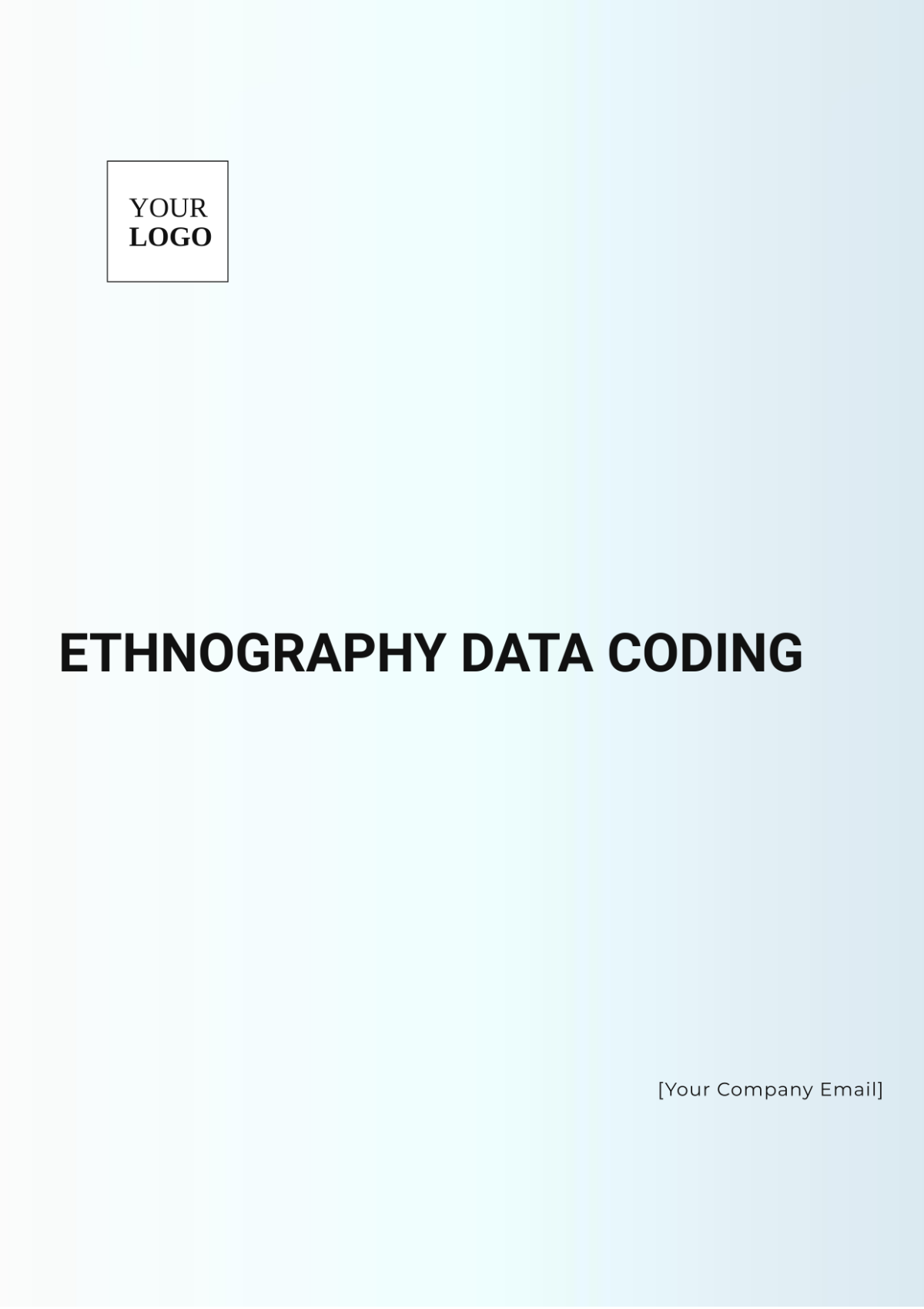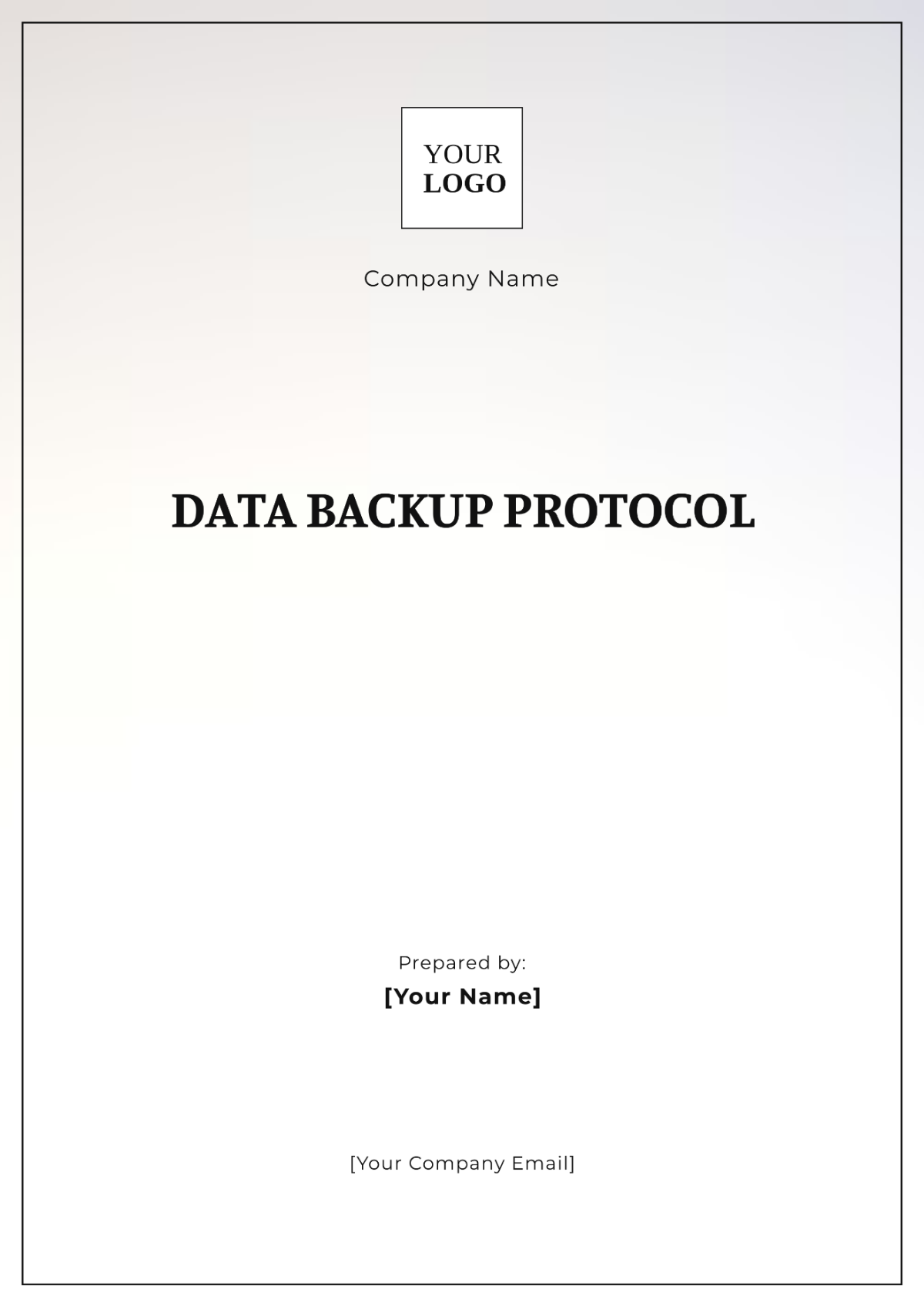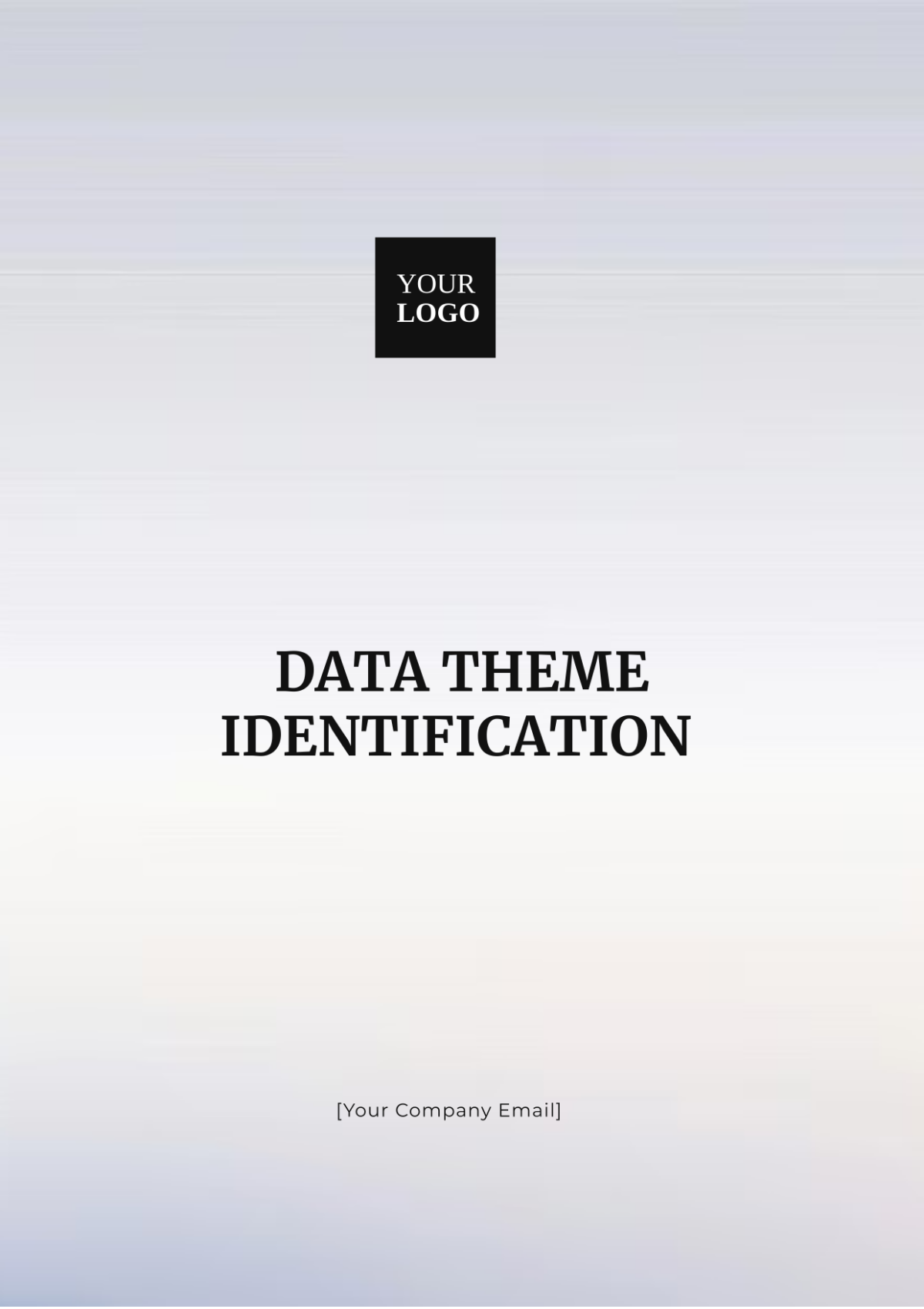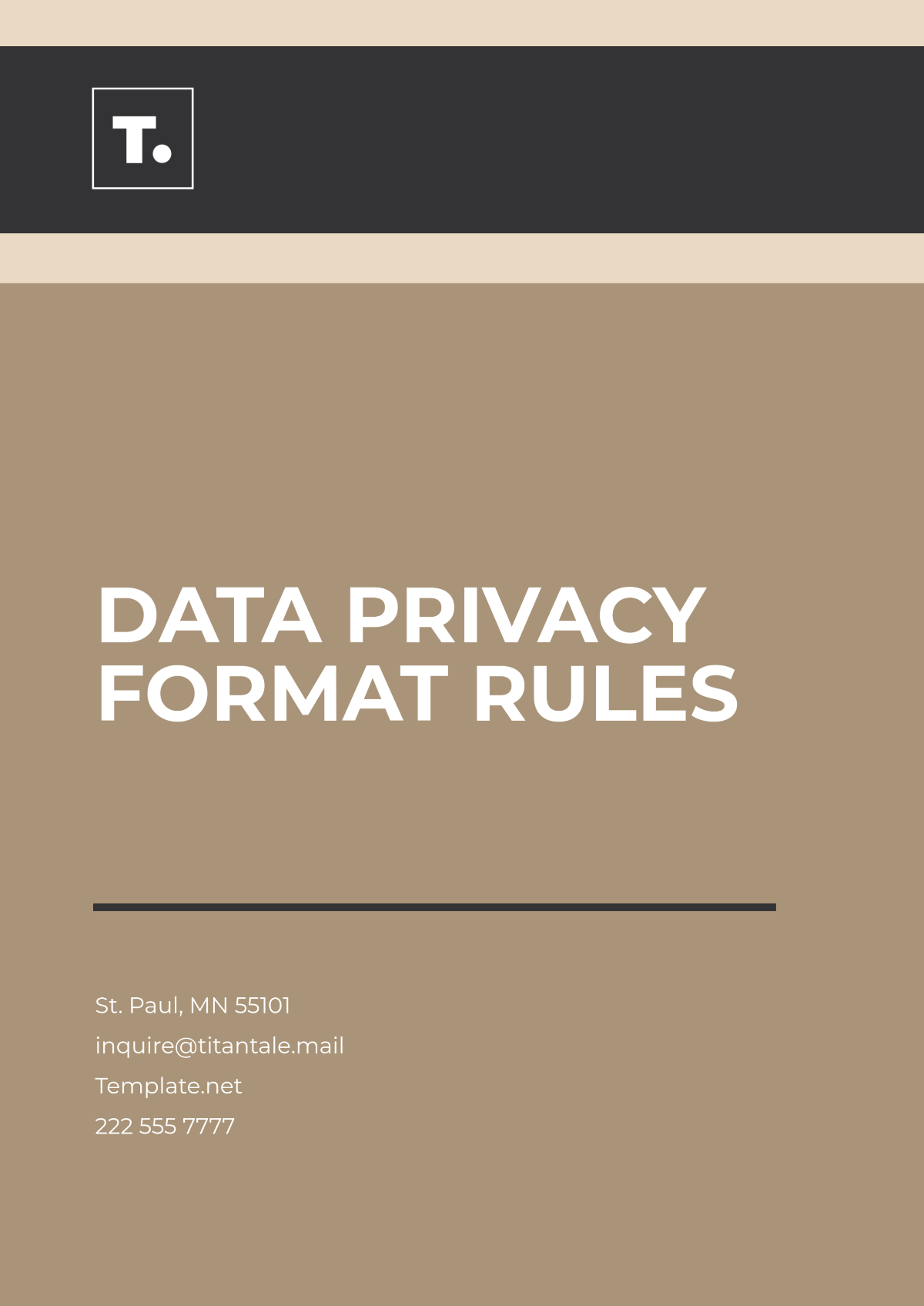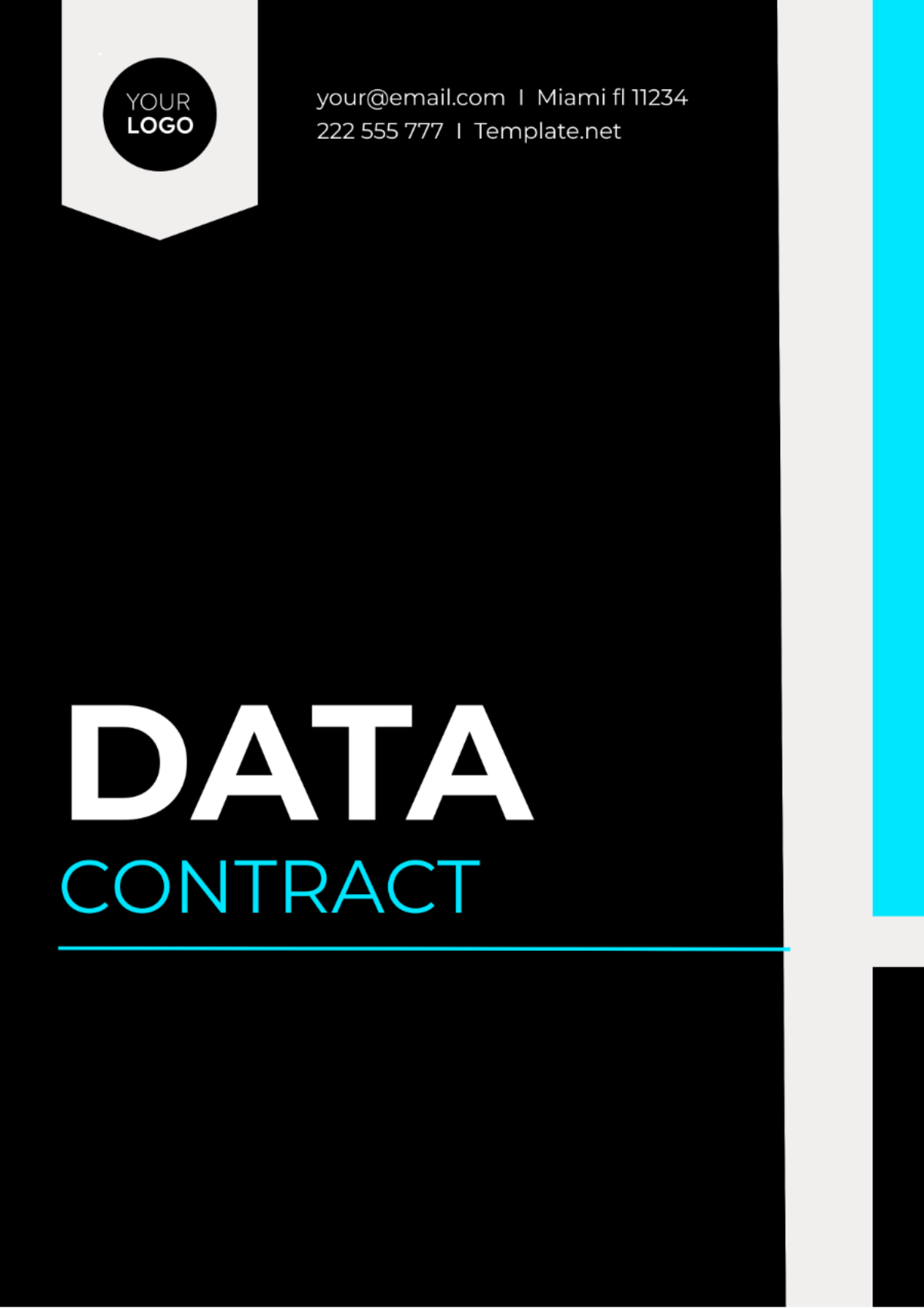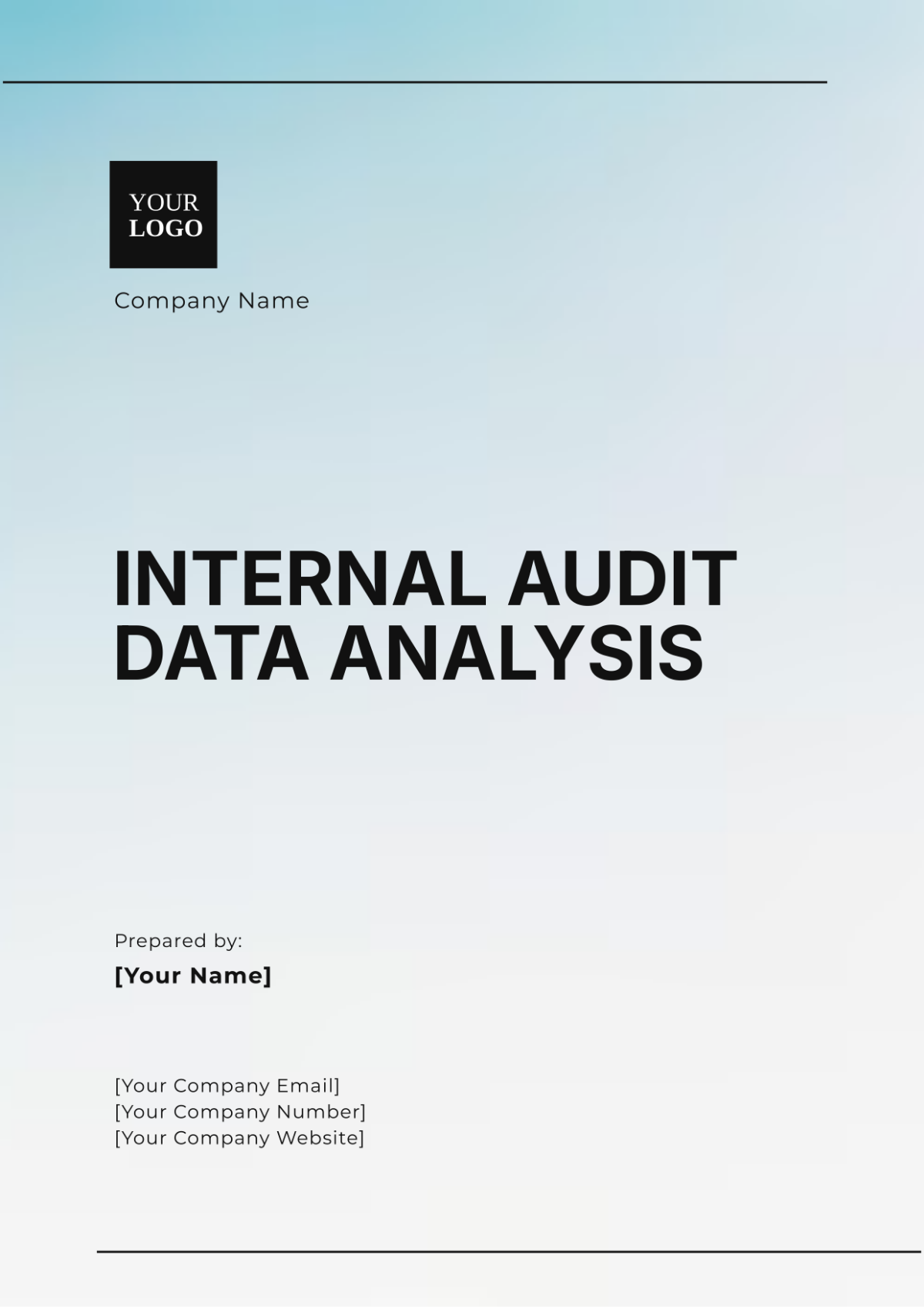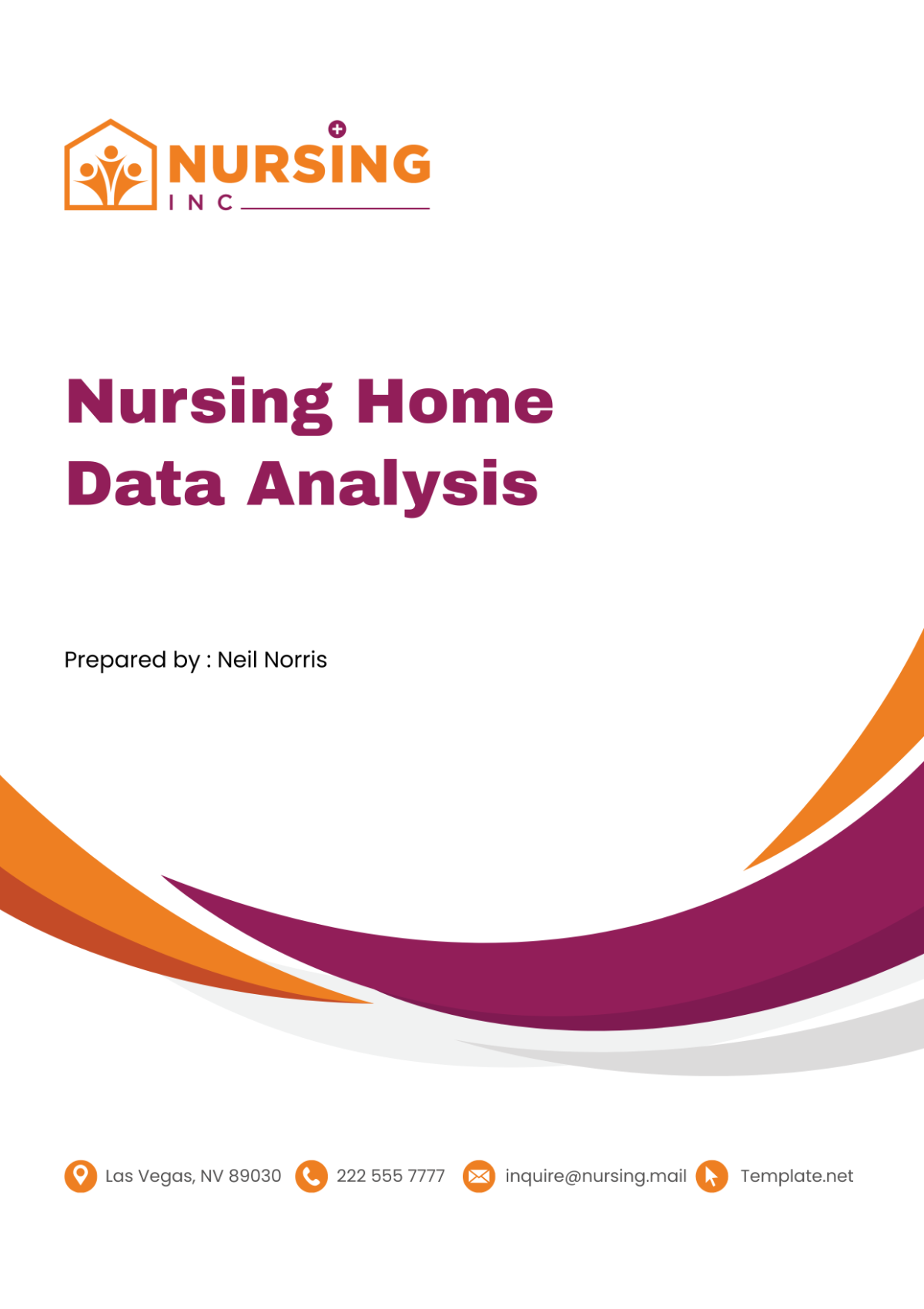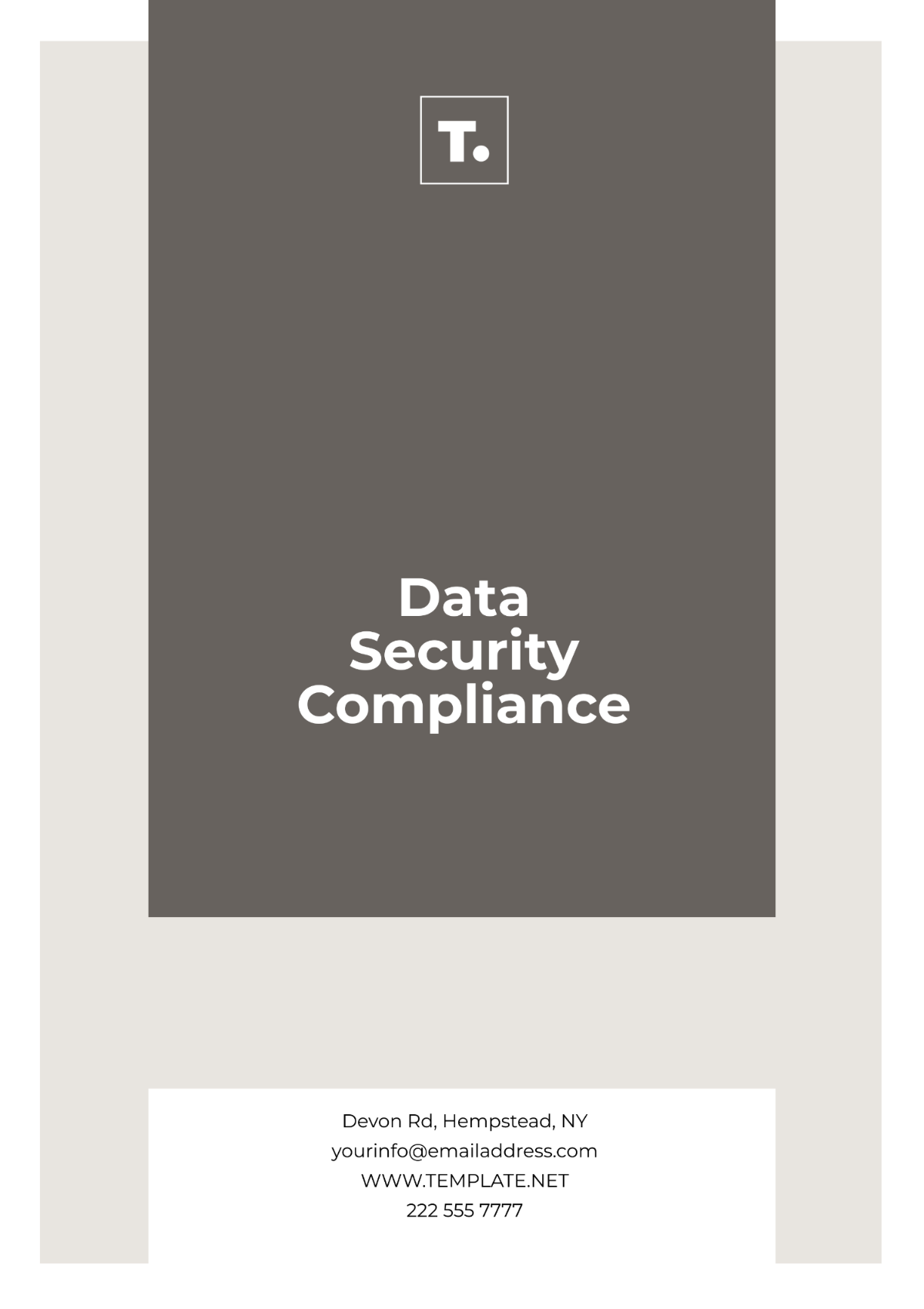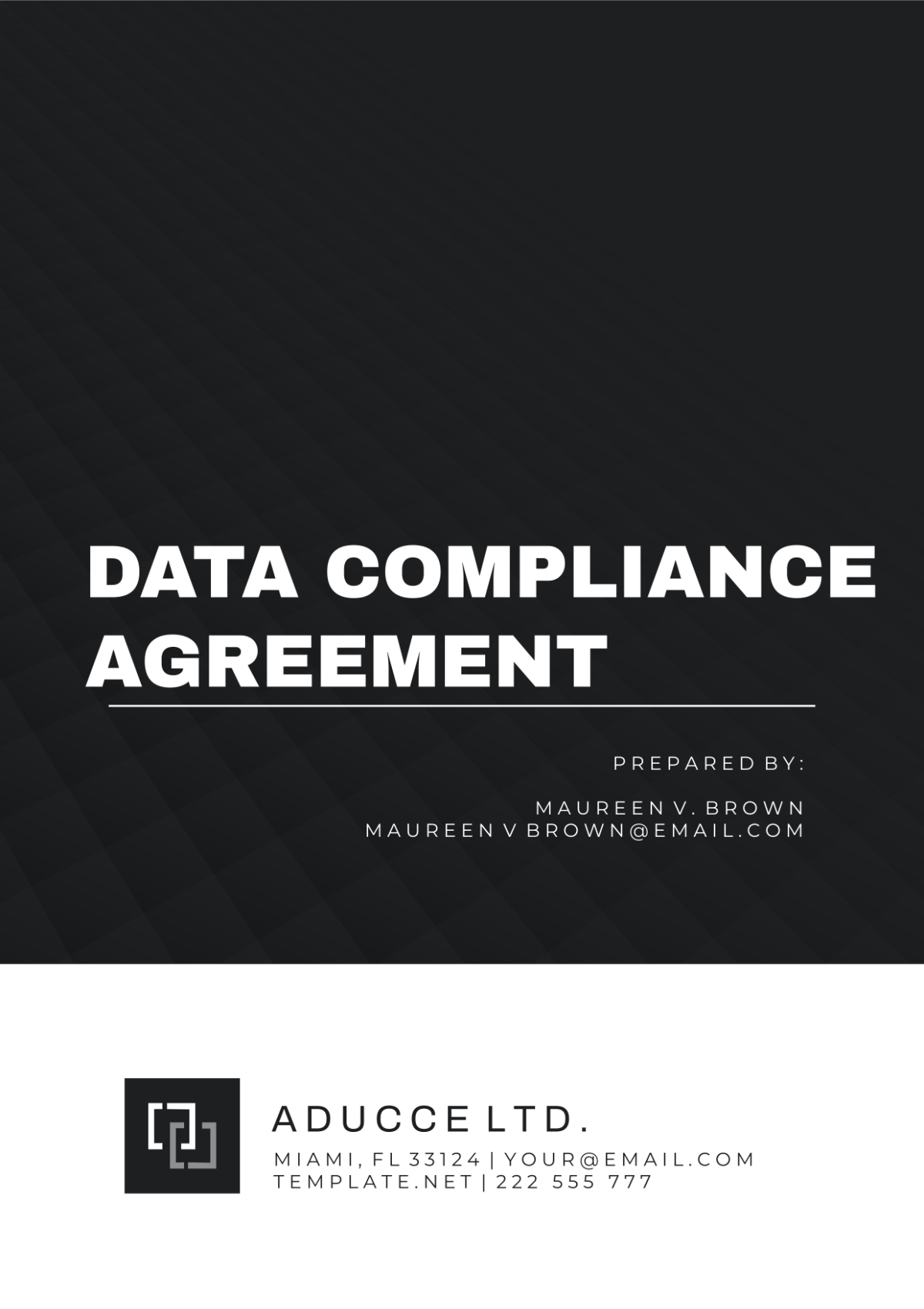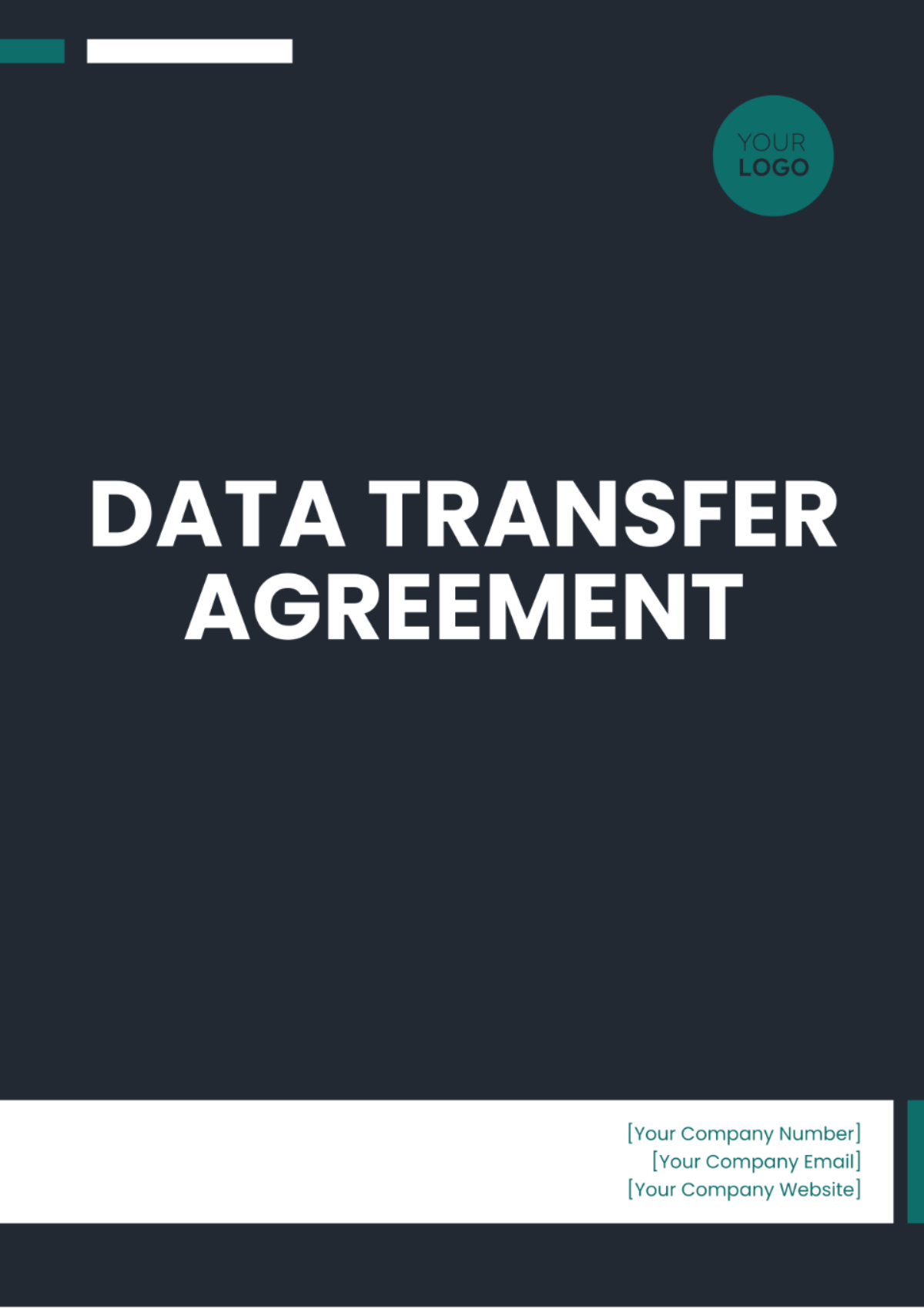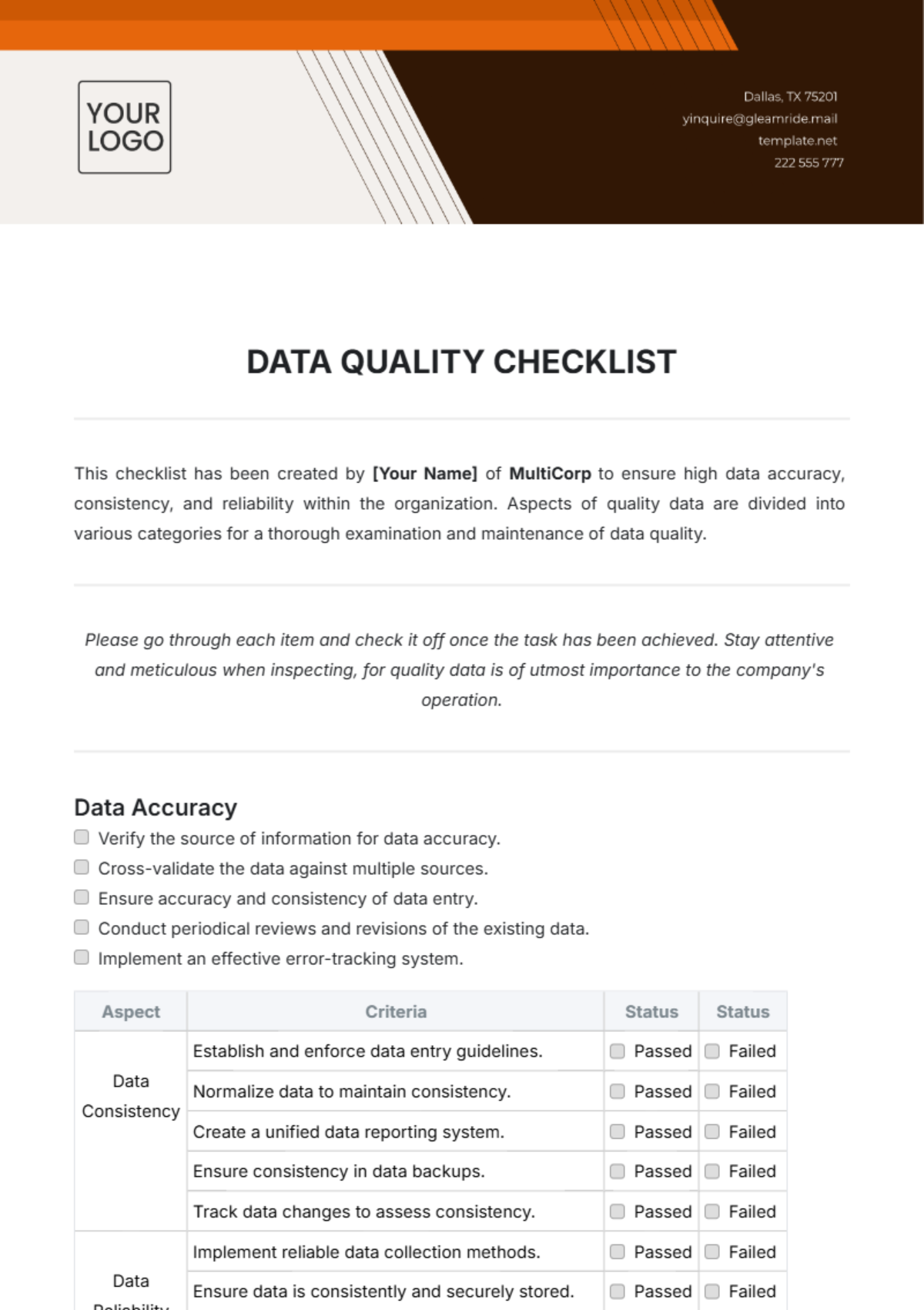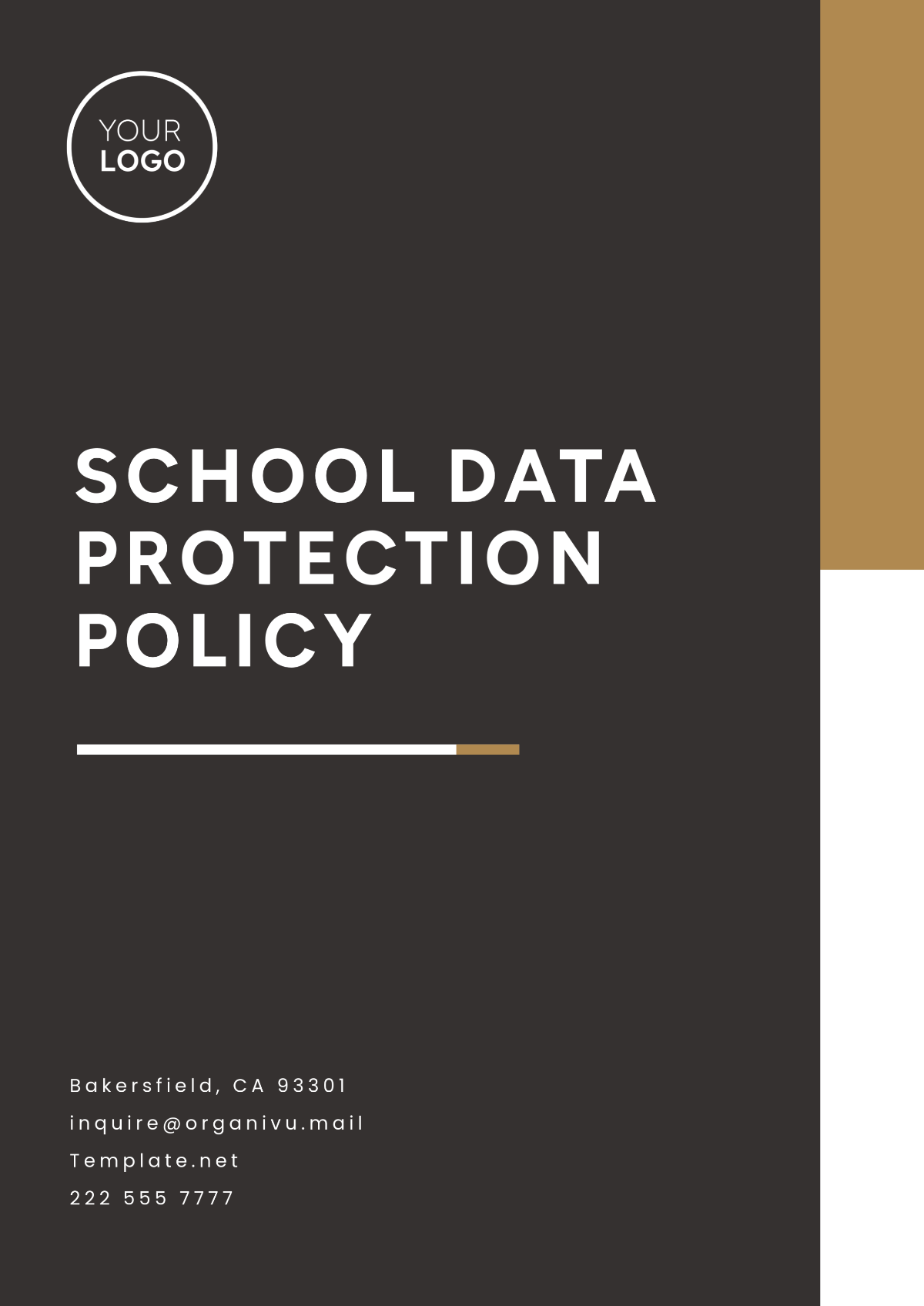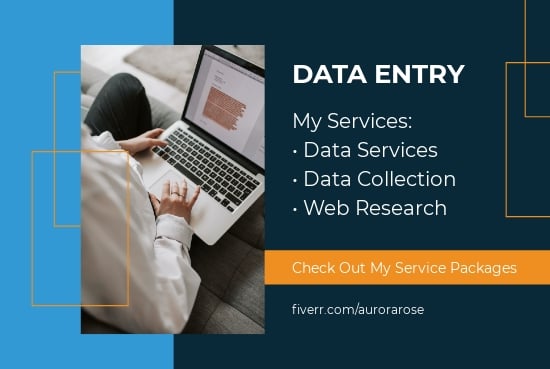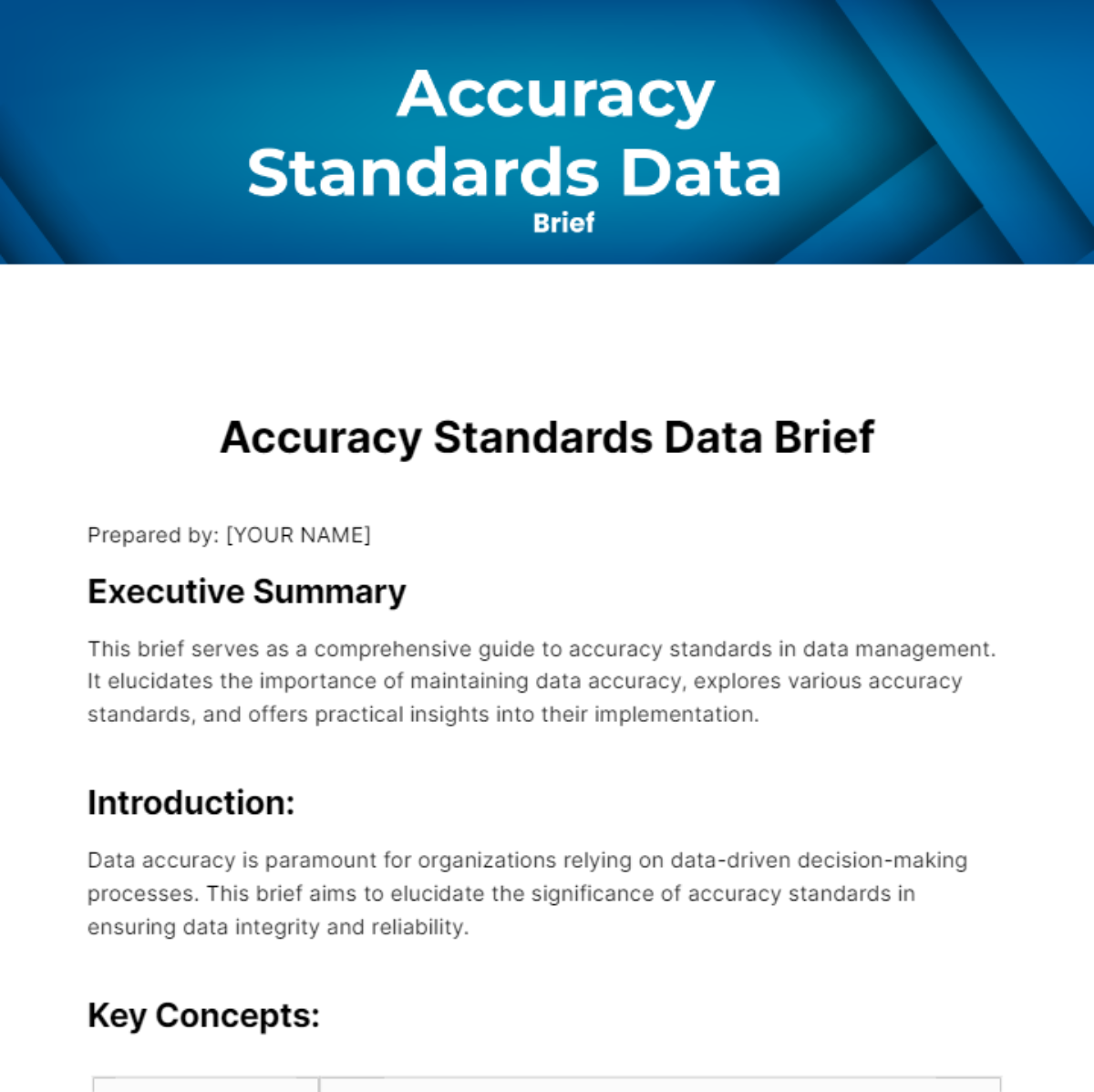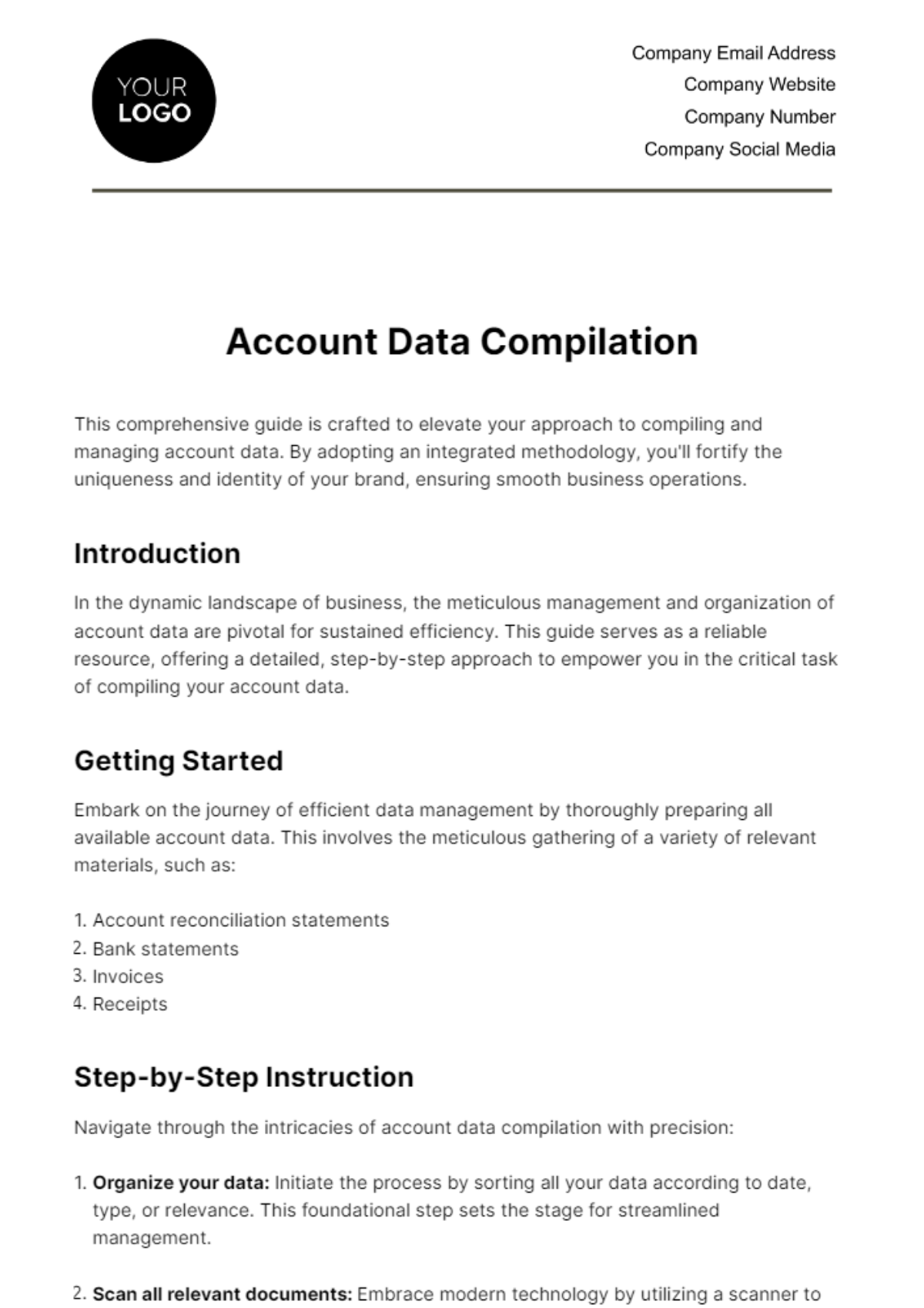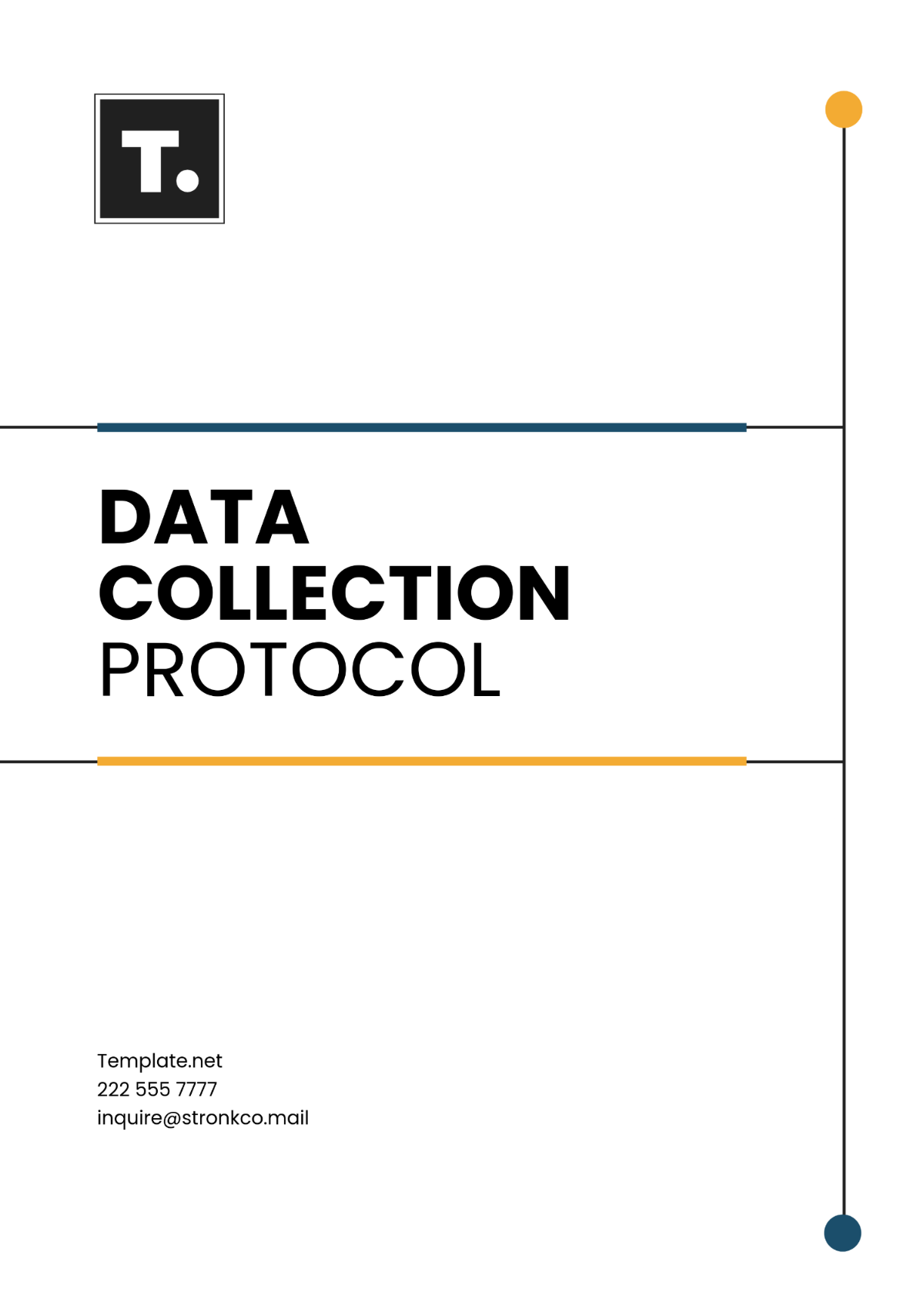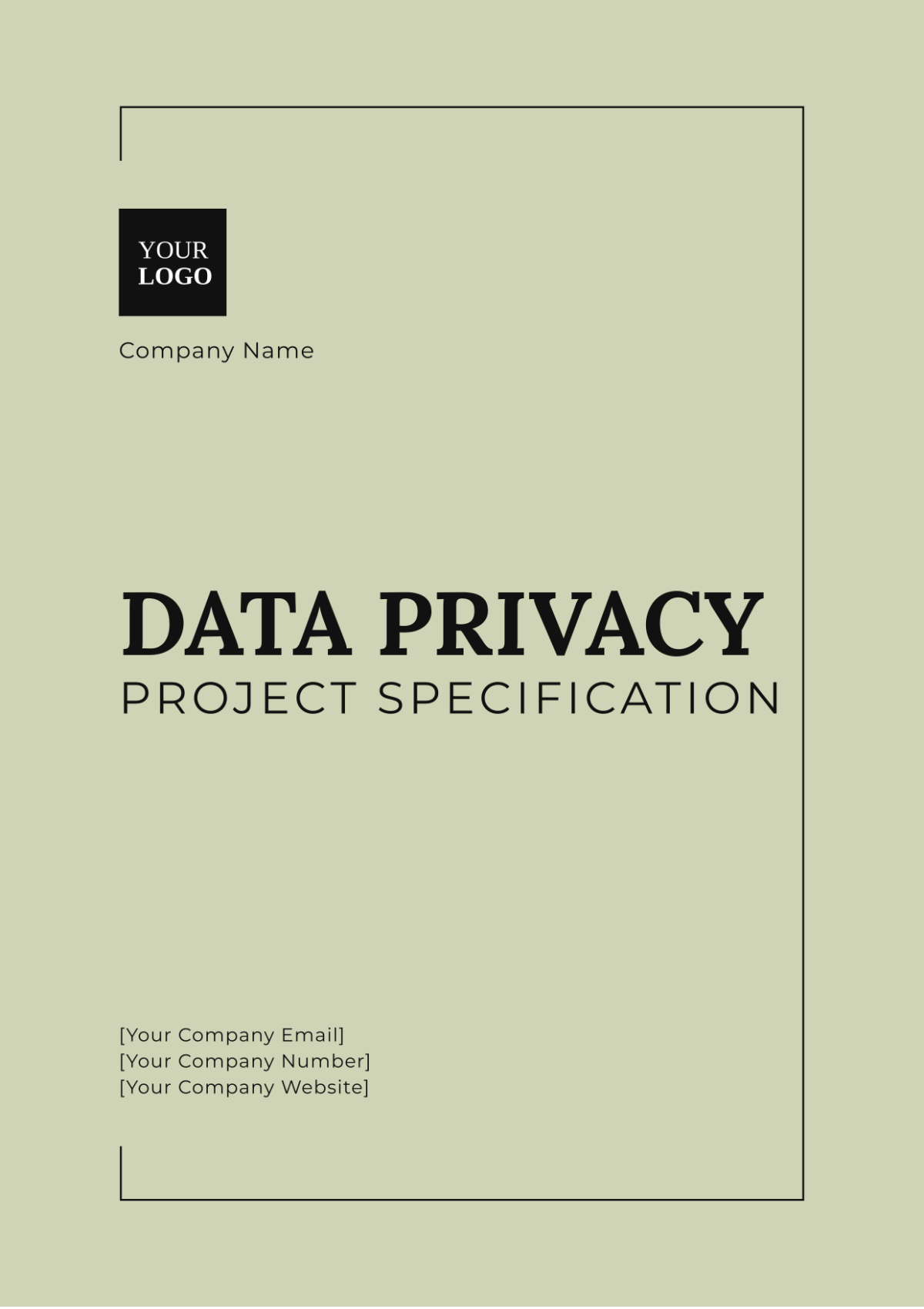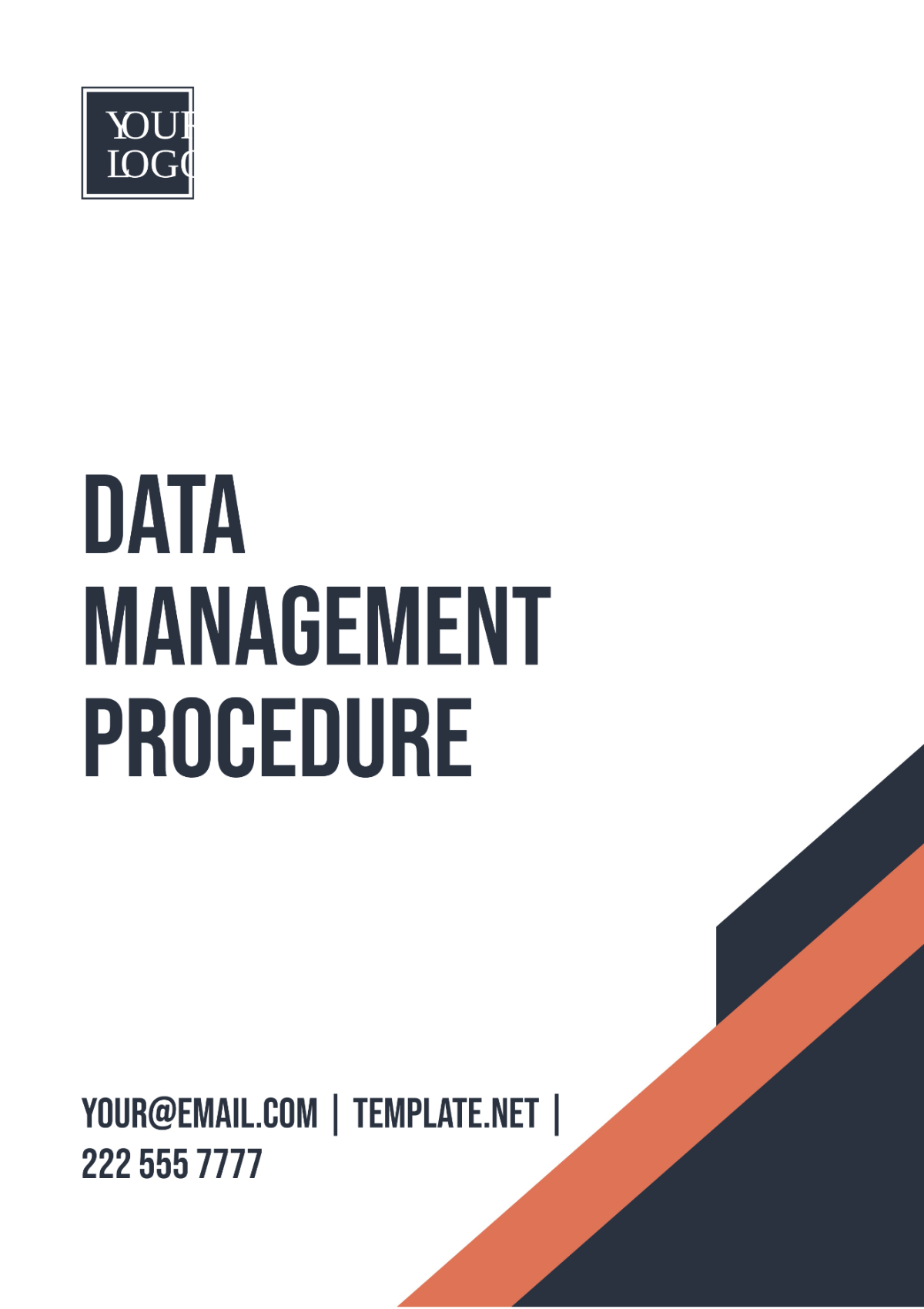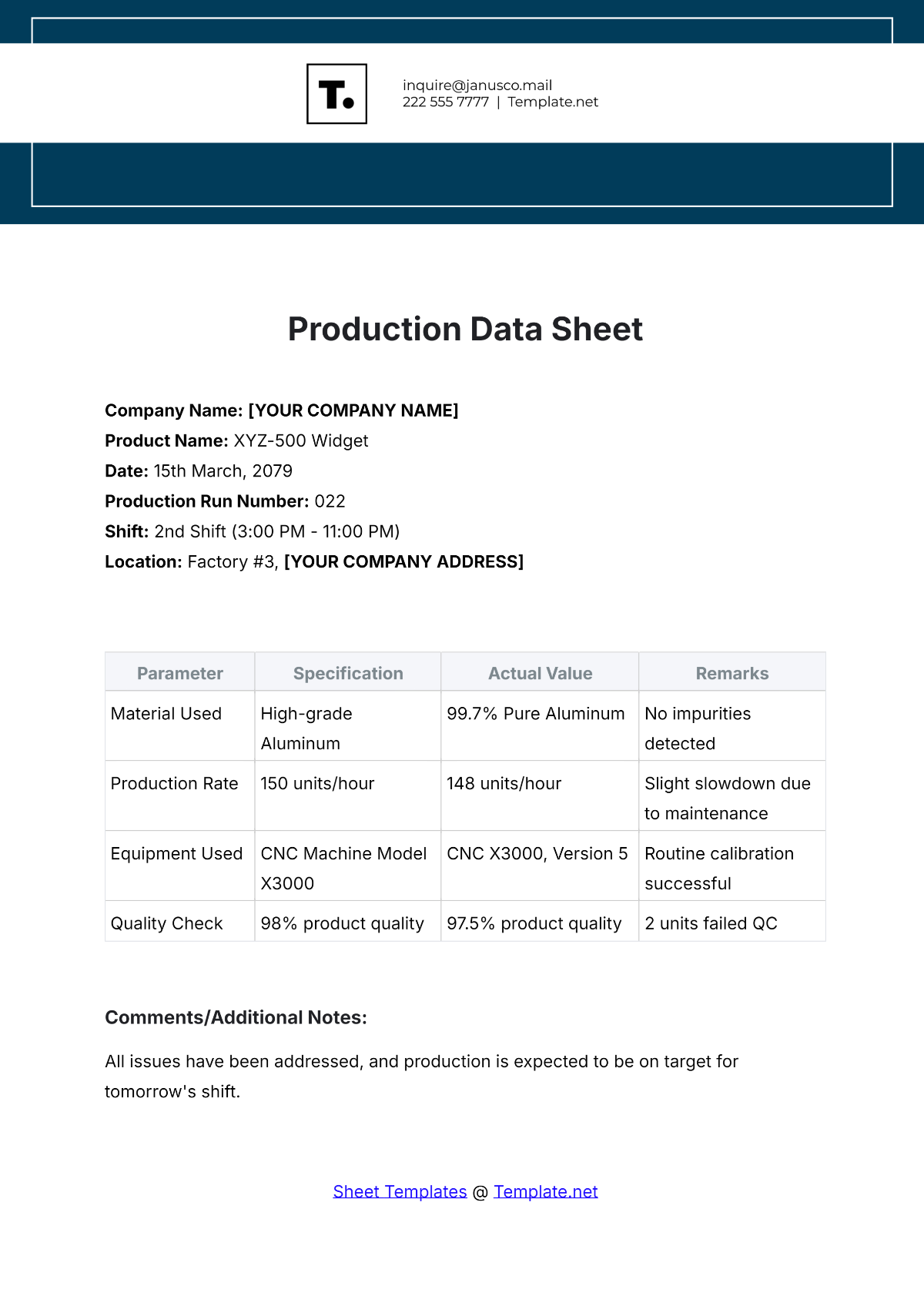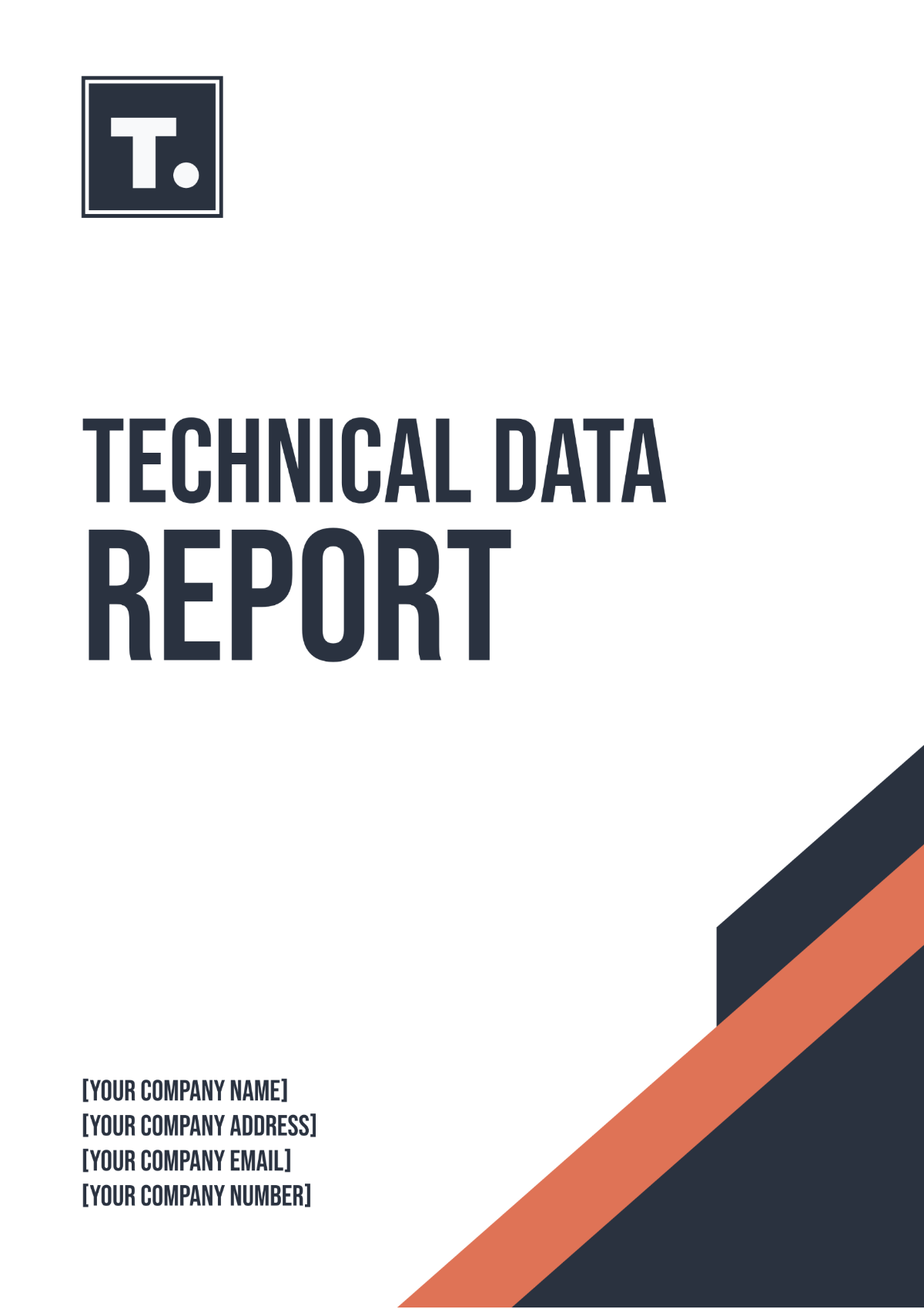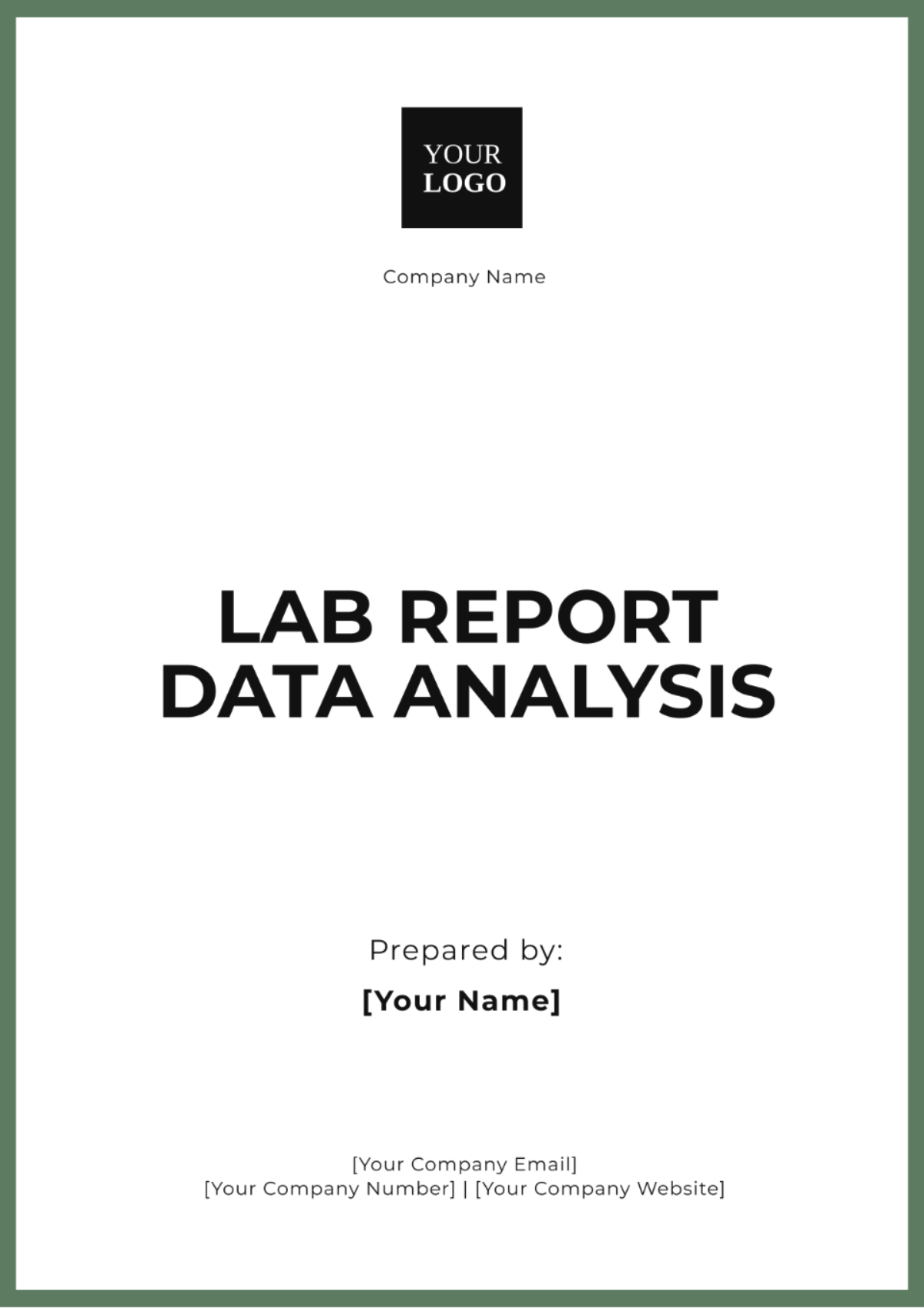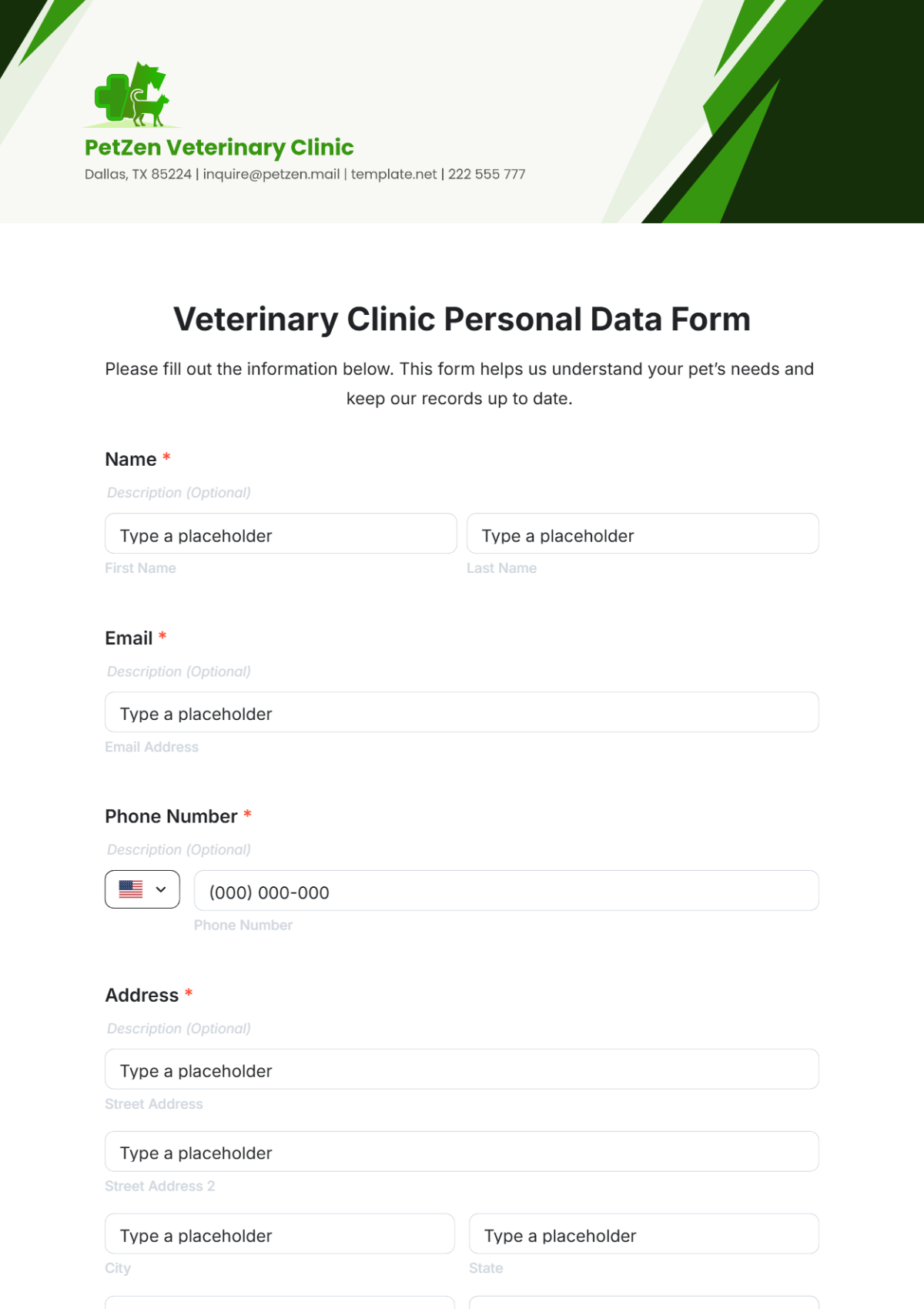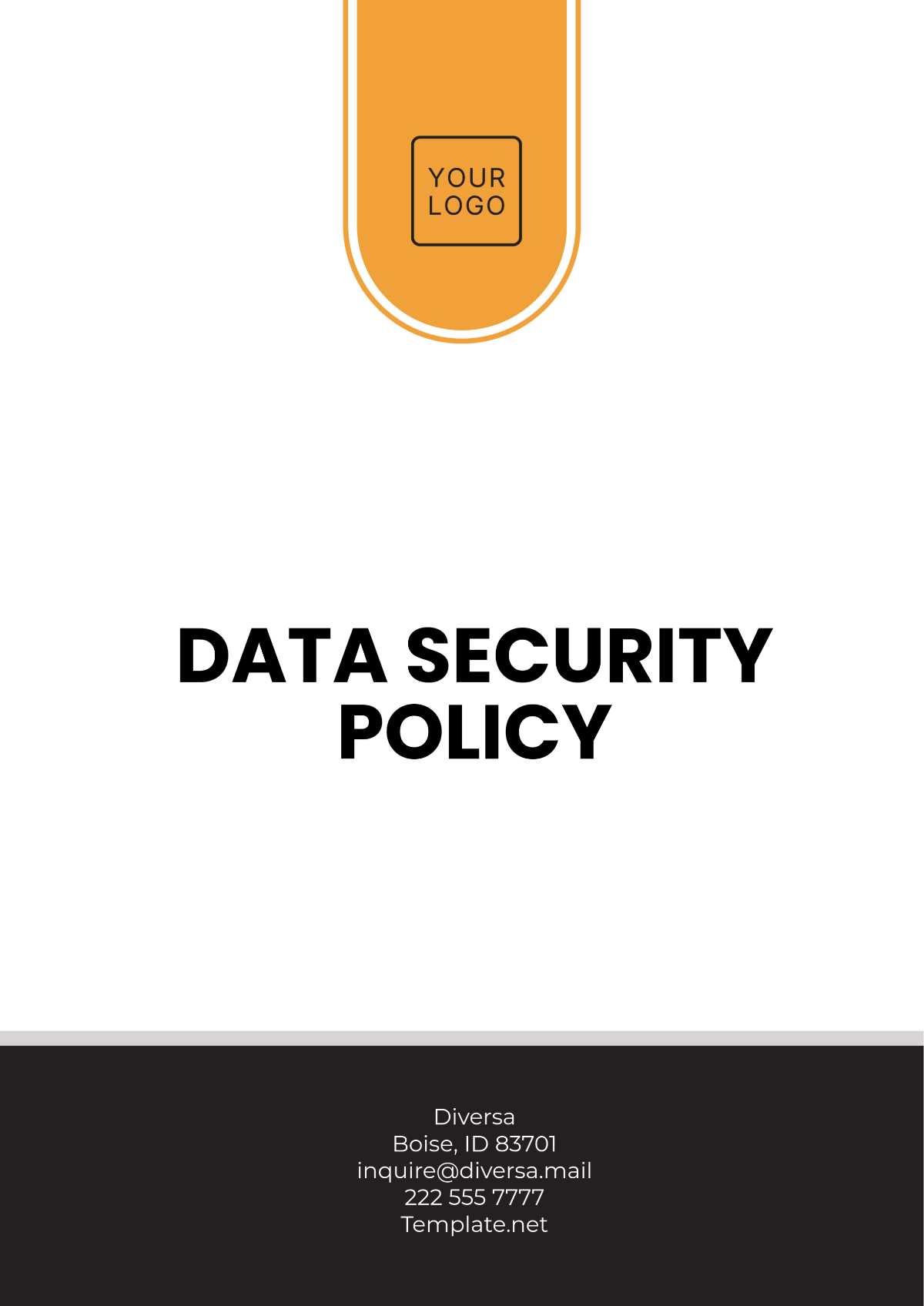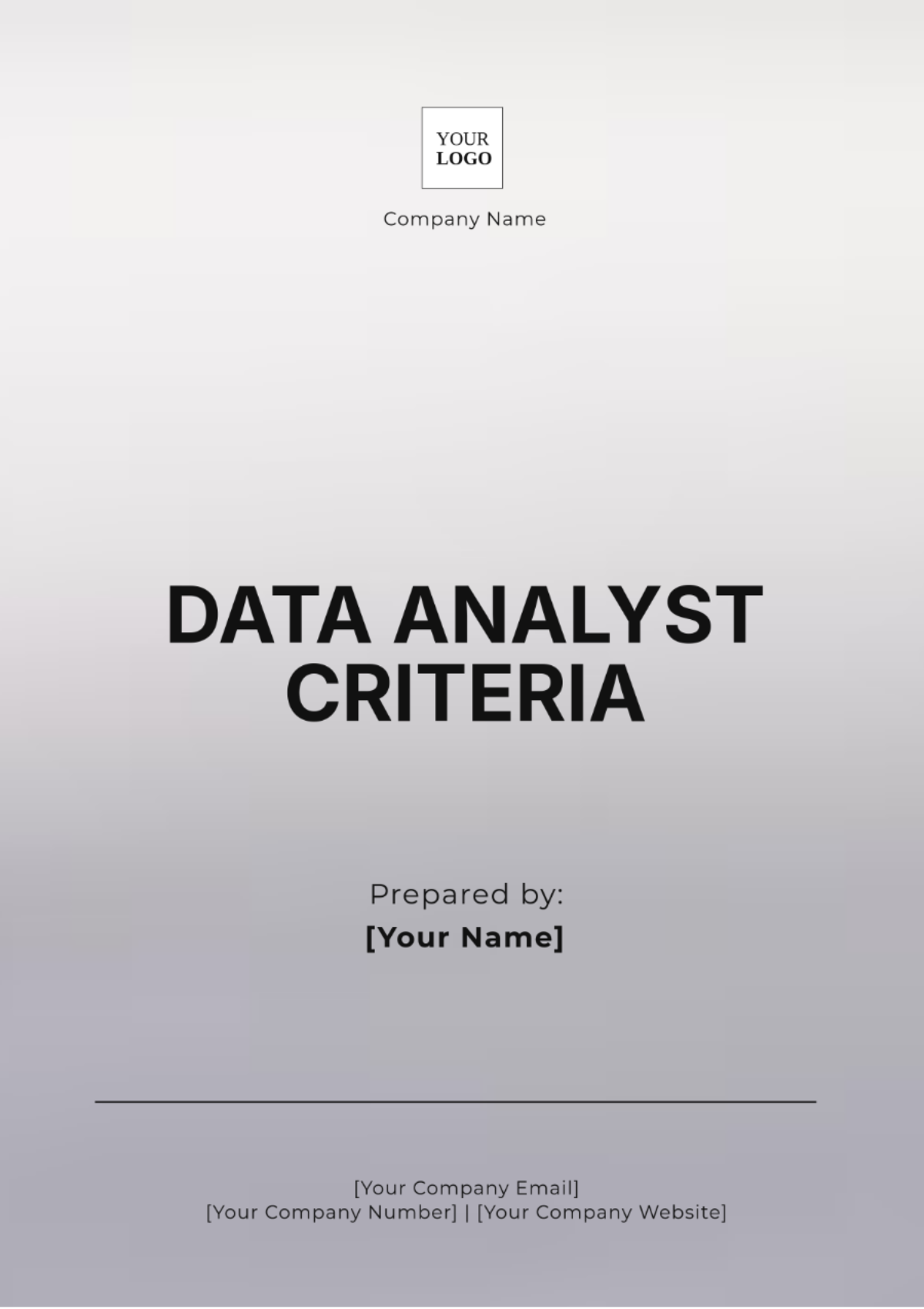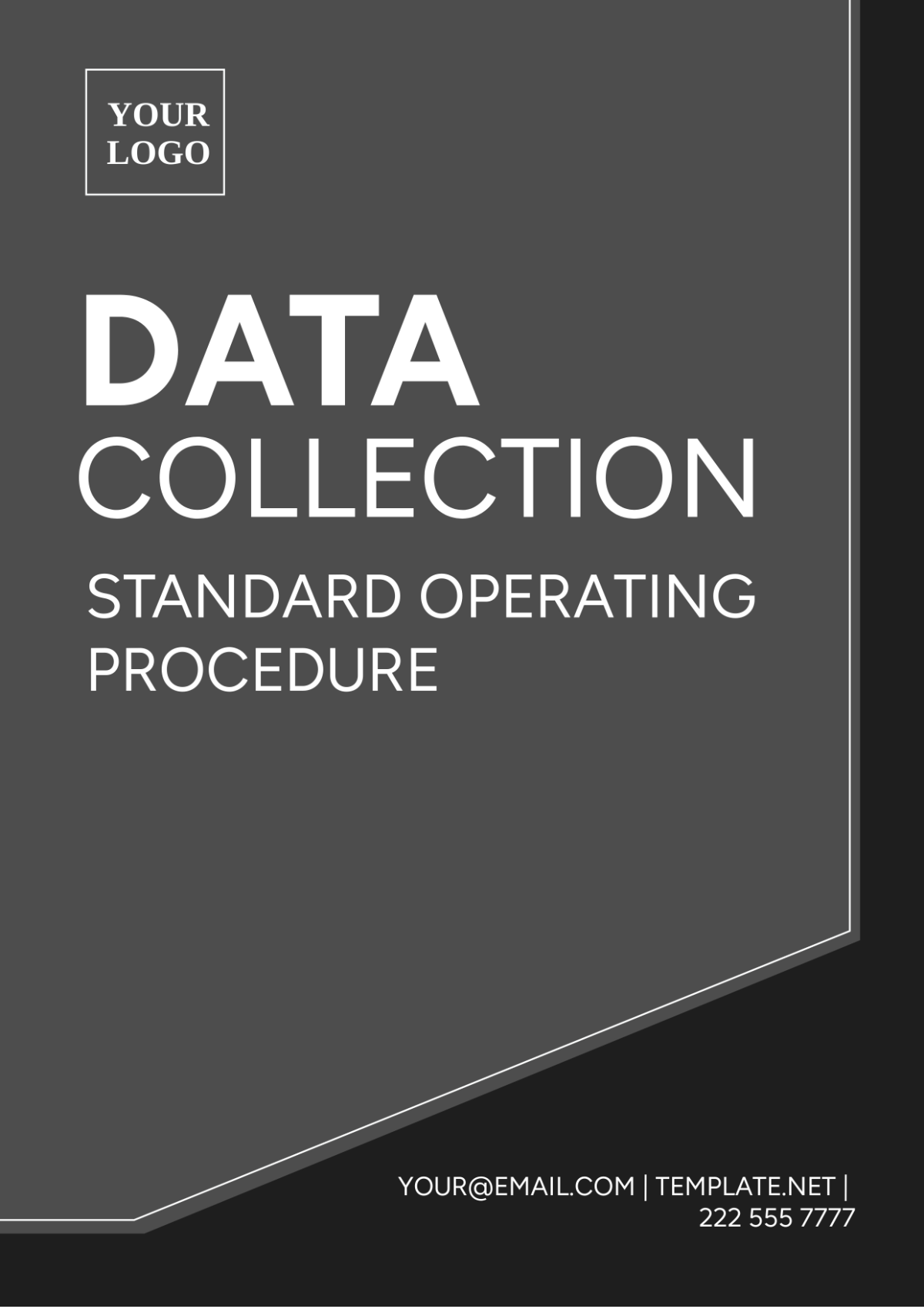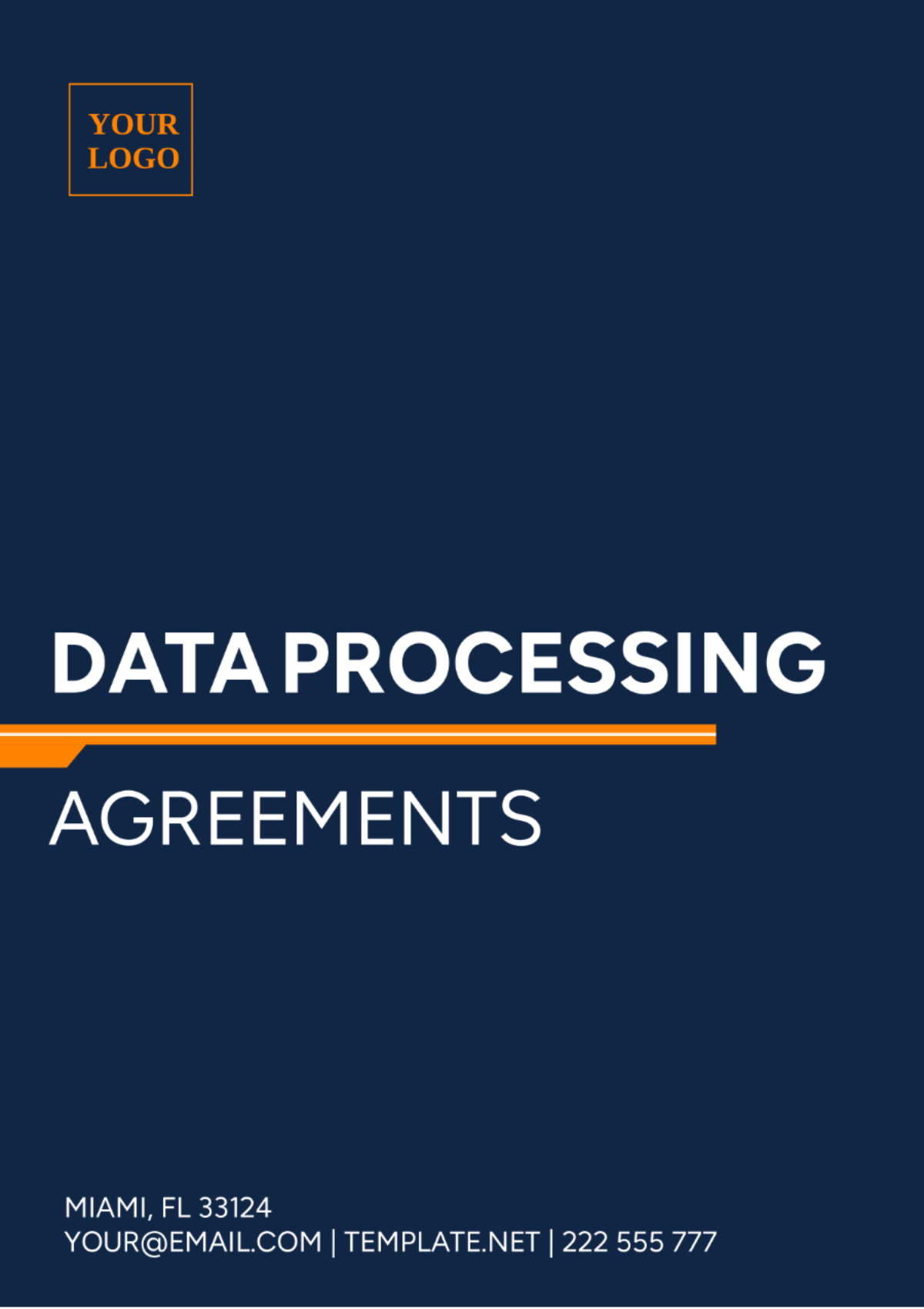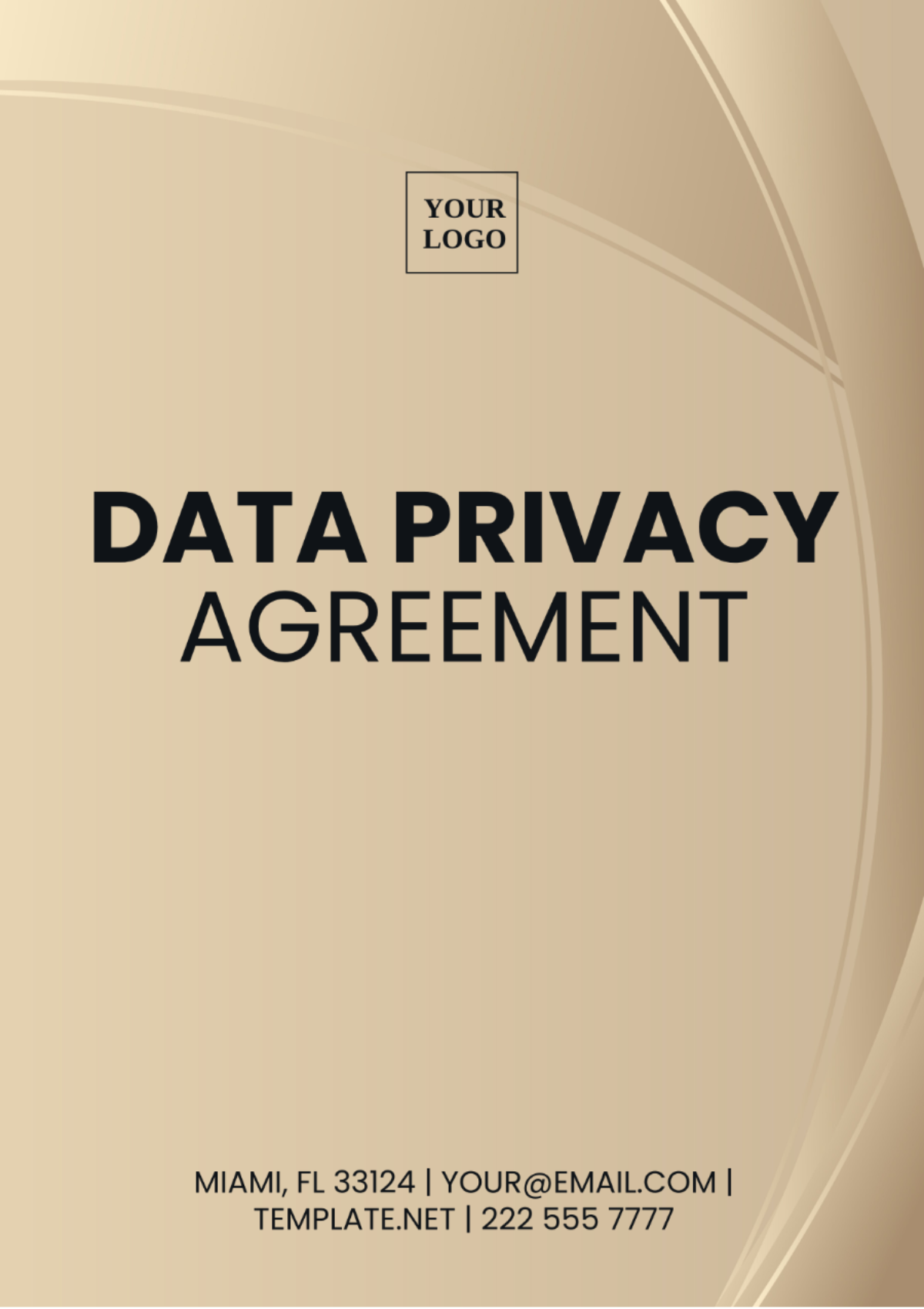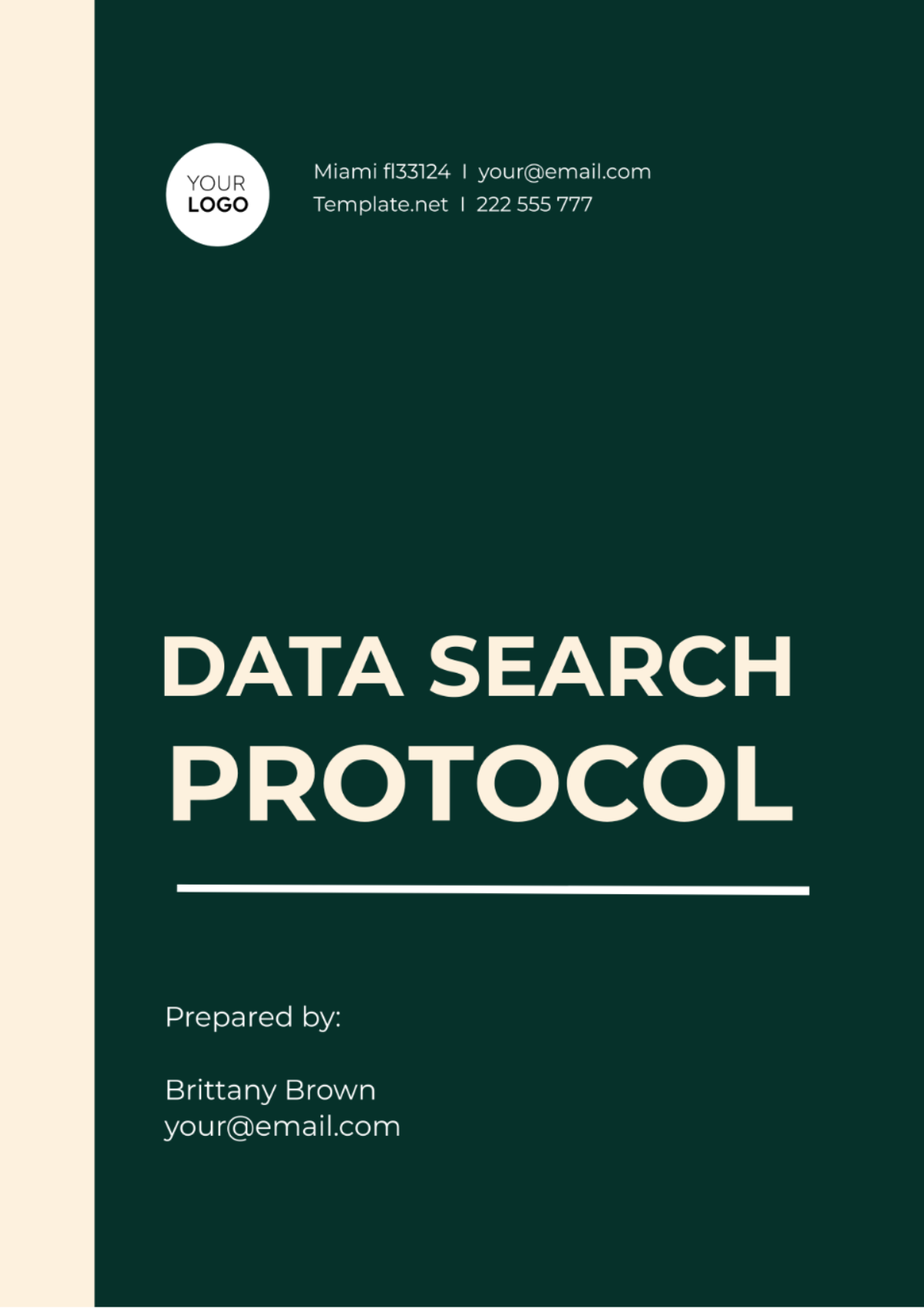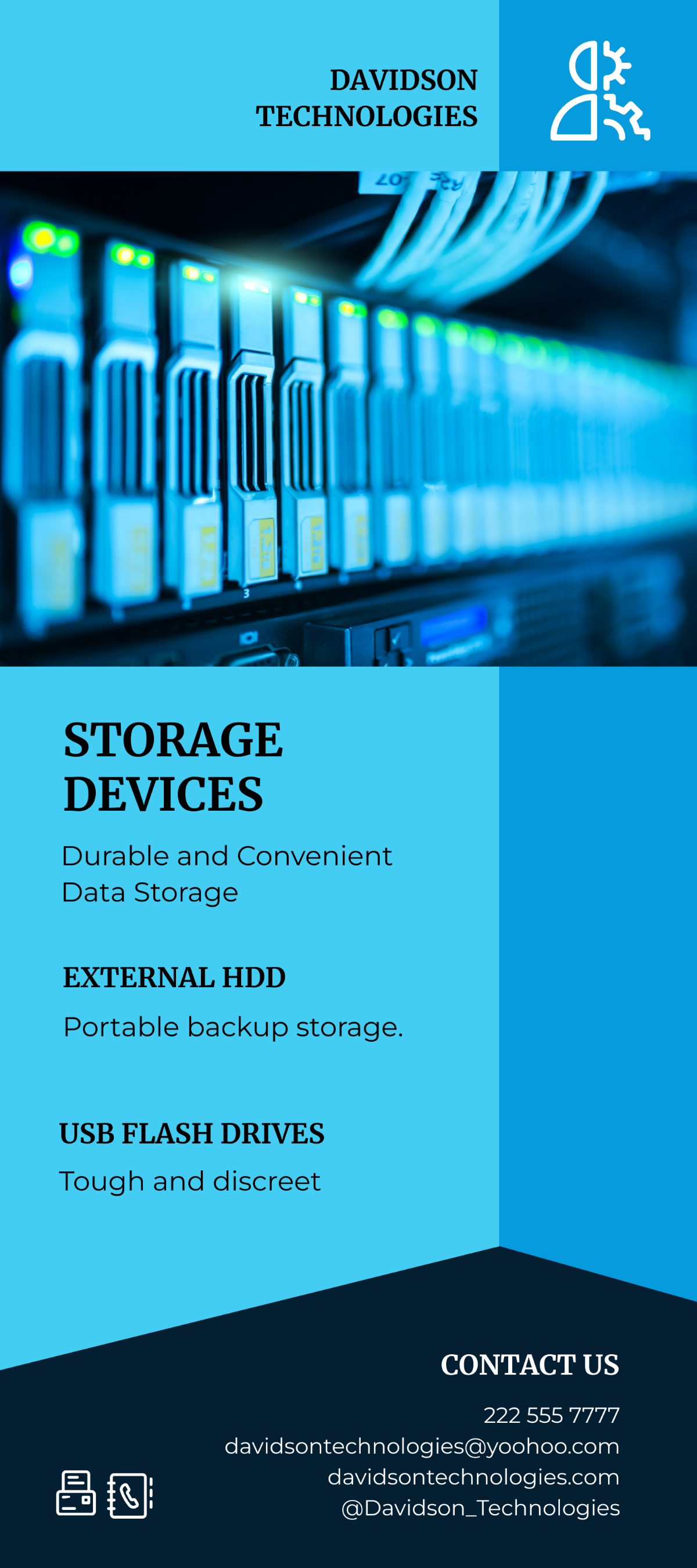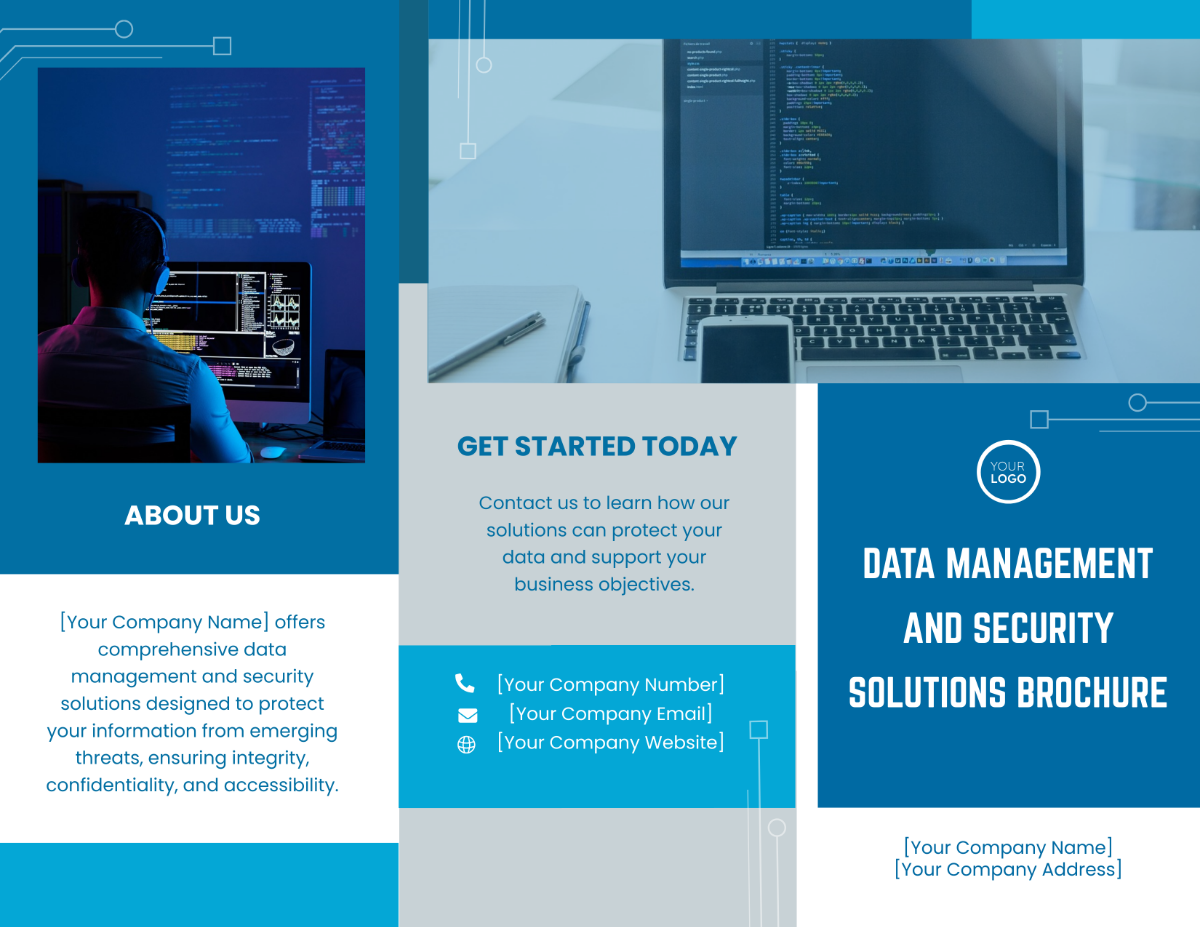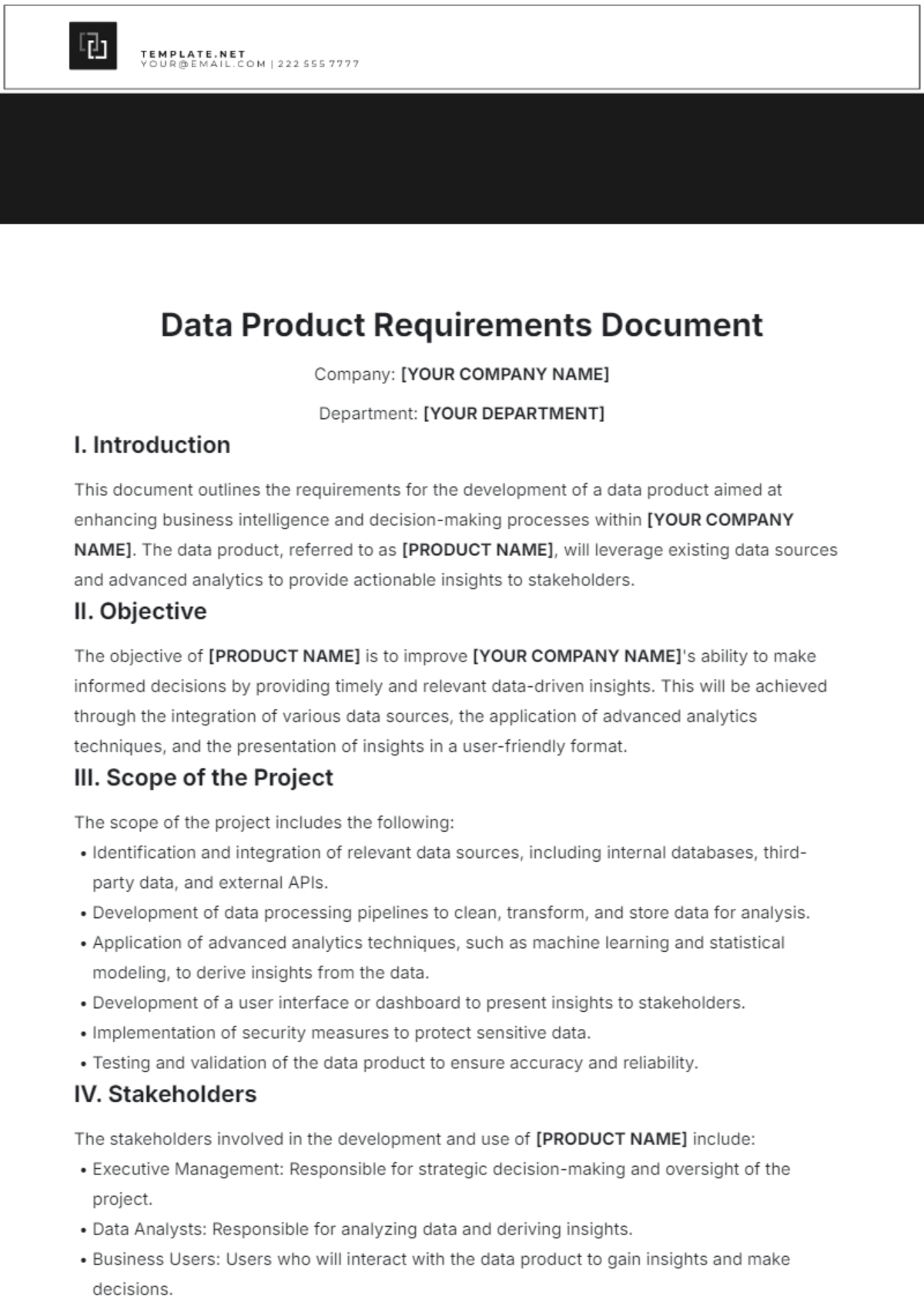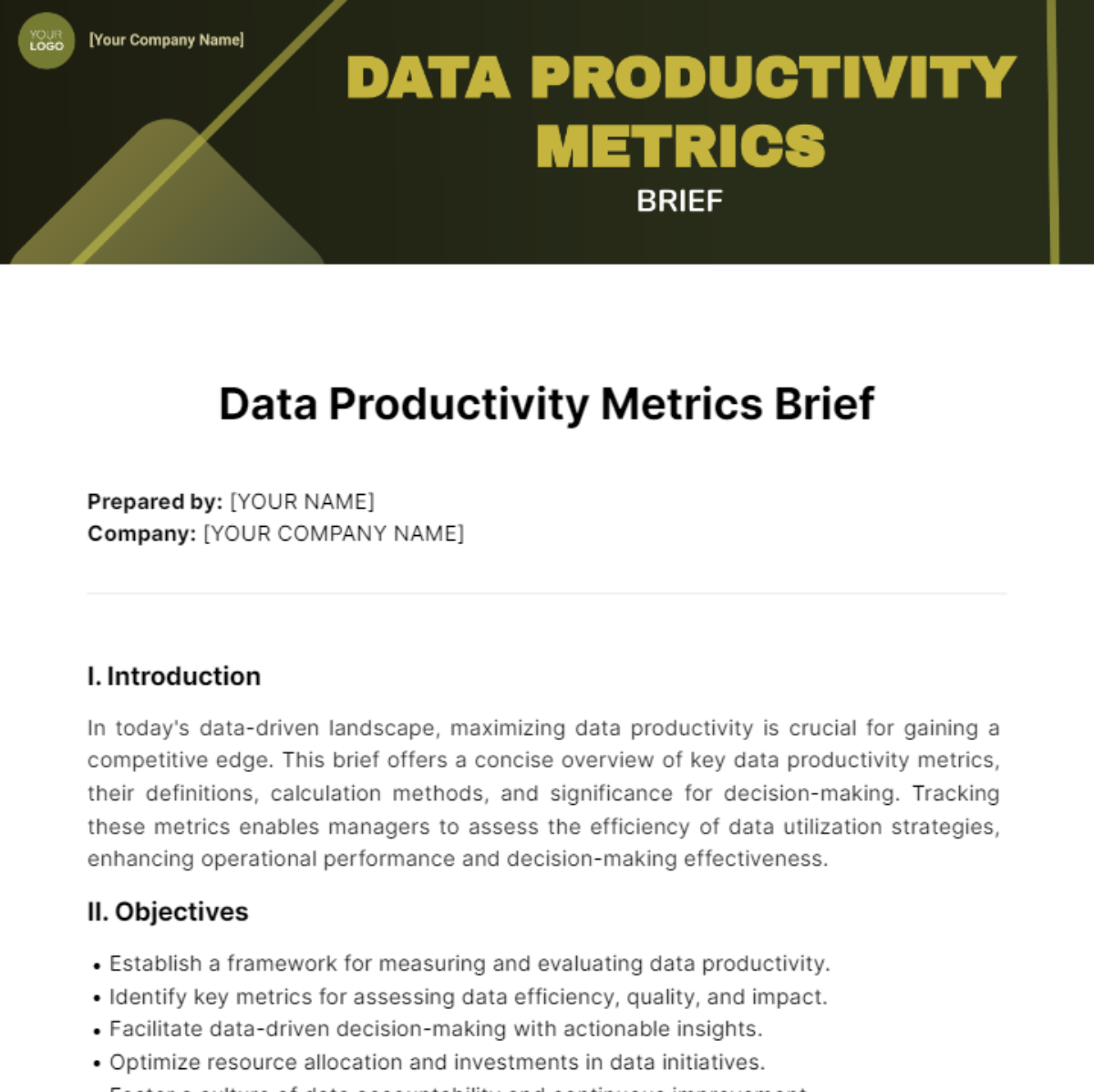Data Privacy Requirements
1. Introduction and Scope
The Data Privacy Requirements document for [Your Company Name] outlines the standards and guidelines for managing and protecting personal and sensitive data within our organization. This document is designed to ensure compliance with applicable data privacy laws and regulations, including GDPR, CCPA, and HIPAA. It applies to all employees, contractors, and third-party vendors who handle personal data.
2. Definitions
Key Terms
Term | Definition |
|---|---|
Personal Data | Any information that can identify an individual, directly or indirectly. |
Sensitive Data | Data that, if disclosed, could cause significant harm or distress to individuals. |
Data Processing | Any operation performed on personal data, including collection, storage, and sharing. |
Data Subject | An individual whose personal data is being processed. |
Data Controller | The entity that determines the purposes and means of processing personal data. |
Data Processor | The entity that processes personal data on behalf of the Data Controller. |
3. Data Collection and Use
3.1 Collection Practices
Data Minimization: Collect only the data necessary for the intended purpose.
Consent: Obtain explicit consent from data subjects before collecting personal data.
Purpose Limitation: Use personal data only for the purposes for which it was collected.
3.2 Data Usage
Access Controls: Limit access to personal data to authorized personnel only.
Data Sharing: Ensure that data sharing with third parties is governed by appropriate agreements and safeguards.
4. Data Protection Measures
4.1 Security Controls
Encryption: Use encryption for data at rest and in transit to protect against unauthorized access.
Firewalls and Antivirus: Implement robust firewalls and antivirus software to safeguard against cyber threats.
Regular Audits: Conduct regular security audits to identify and address vulnerabilities.
4.2 Data Retention and Disposal
Retention Periods: Retain personal data only for as long as necessary to fulfill its purpose and comply with legal requirements.
Secure Disposal: Ensure secure disposal of data that is no longer needed, using methods such as shredding or data wiping.
5. Data Subject Rights
5.1 Access Requests
Right to Access: Provide data subjects with access to their data upon request.
Right to Rectification: Allow data subjects to correct inaccurate or incomplete data.
5.2 Erasure and Portability
Right to Erasure: Comply with requests to delete personal data when it is no longer needed or upon withdrawal of consent.
Right to Data Portability: Provide data subjects with a copy of their data in a structured, commonly used format.
6. Compliance and Legal Requirements
6.1 Applicable Laws
GDPR: General Data Protection Regulation governing data protection in the EU.
CCPA: California Consumer Privacy Act provides privacy rights to residents of California.
HIPAA: Health Insurance Portability and Accountability Act protecting health information in the US.
6.2 Compliance Monitoring
Regular Reviews: Perform regular reviews of data privacy practices to ensure ongoing compliance with legal requirements.
Training Programs: Implement training programs for employees to ensure understanding and adherence to privacy policies.
7. Incident Response
7.1 Breach Notification
Immediate Reporting: Report data breaches to relevant authorities and affected data subjects within the required timeframe.
Incident Management: Develop and maintain an incident response plan to manage and mitigate the impact of data breaches.
7.2 Investigation and Remediation
Root Cause Analysis: Conduct a thorough investigation to determine the root cause of data breaches.
Corrective Actions: Implement corrective actions to prevent the recurrence of similar incidents.
8. Roles and Responsibilities
8.1 Data Protection Officer (DPO)
Oversight: Oversee the implementation and enforcement of data privacy policies.
Advisory Role: Provide guidance on data protection matters and ensure compliance with legal requirements.
8.2 Employee Responsibilities
Adherence: Follow data privacy policies and procedures.
Reporting: Report any data privacy concerns or incidents to the DPO.
9. Review and Updates
9.1 Document Review
Periodic Reviews: Review and update the Data Privacy Requirements document regularly to reflect changes in laws, regulations, and organizational practices.
Version Control: Maintain version control records to track changes and updates to the document.
9.2 Feedback Mechanism
Stakeholder Input: Seek feedback from stakeholders to ensure the document remains relevant and effective in addressing data privacy concerns.
